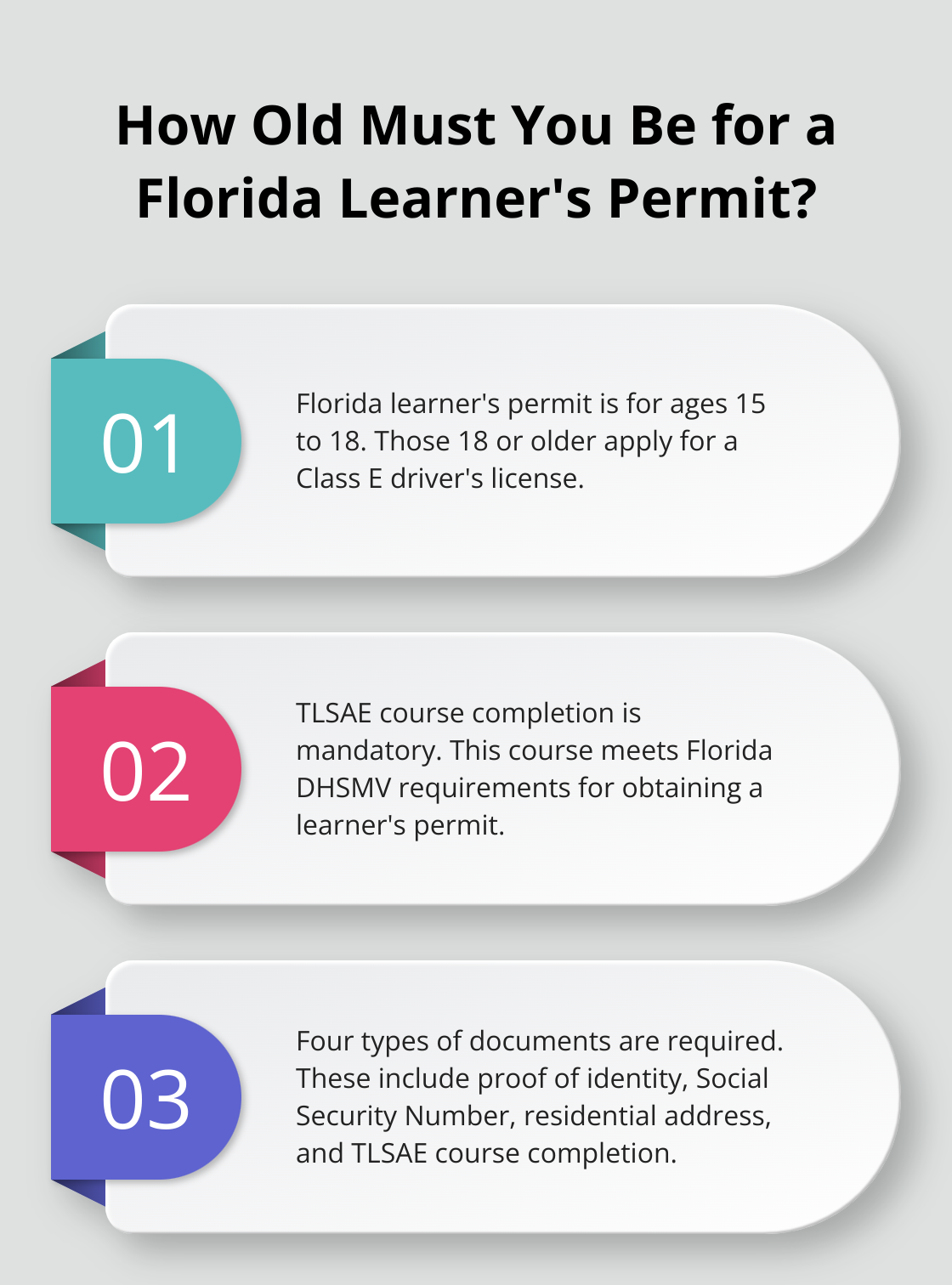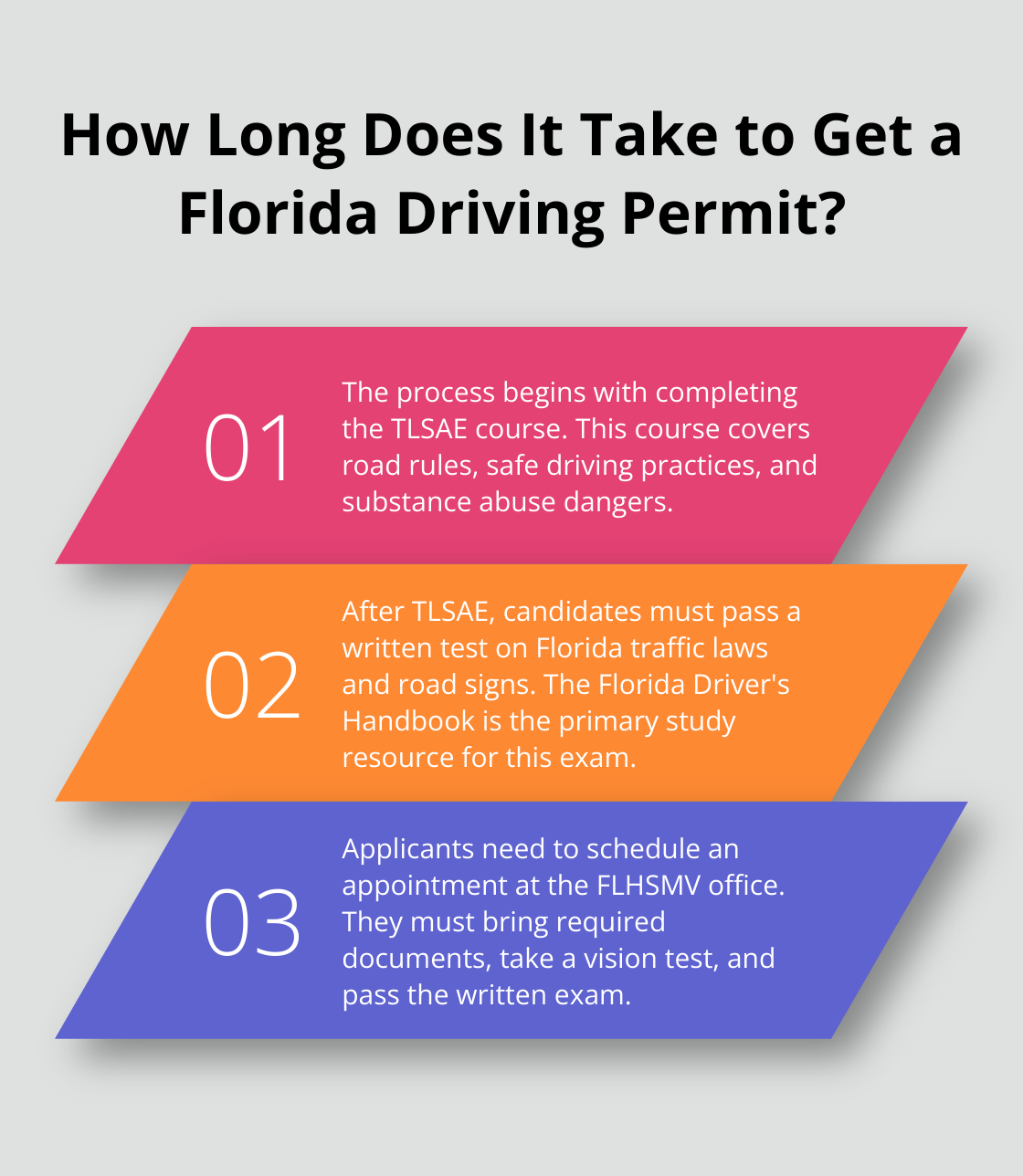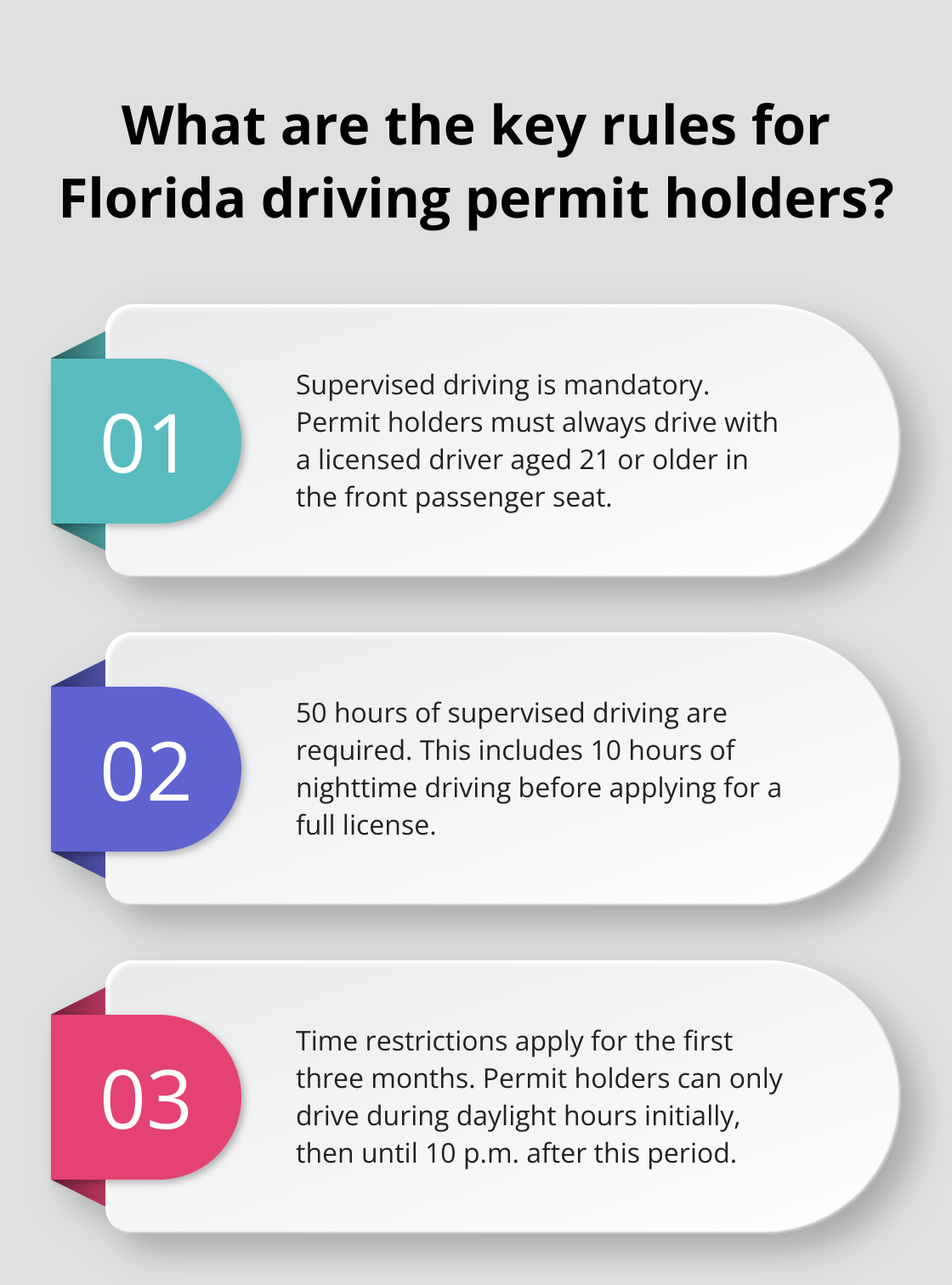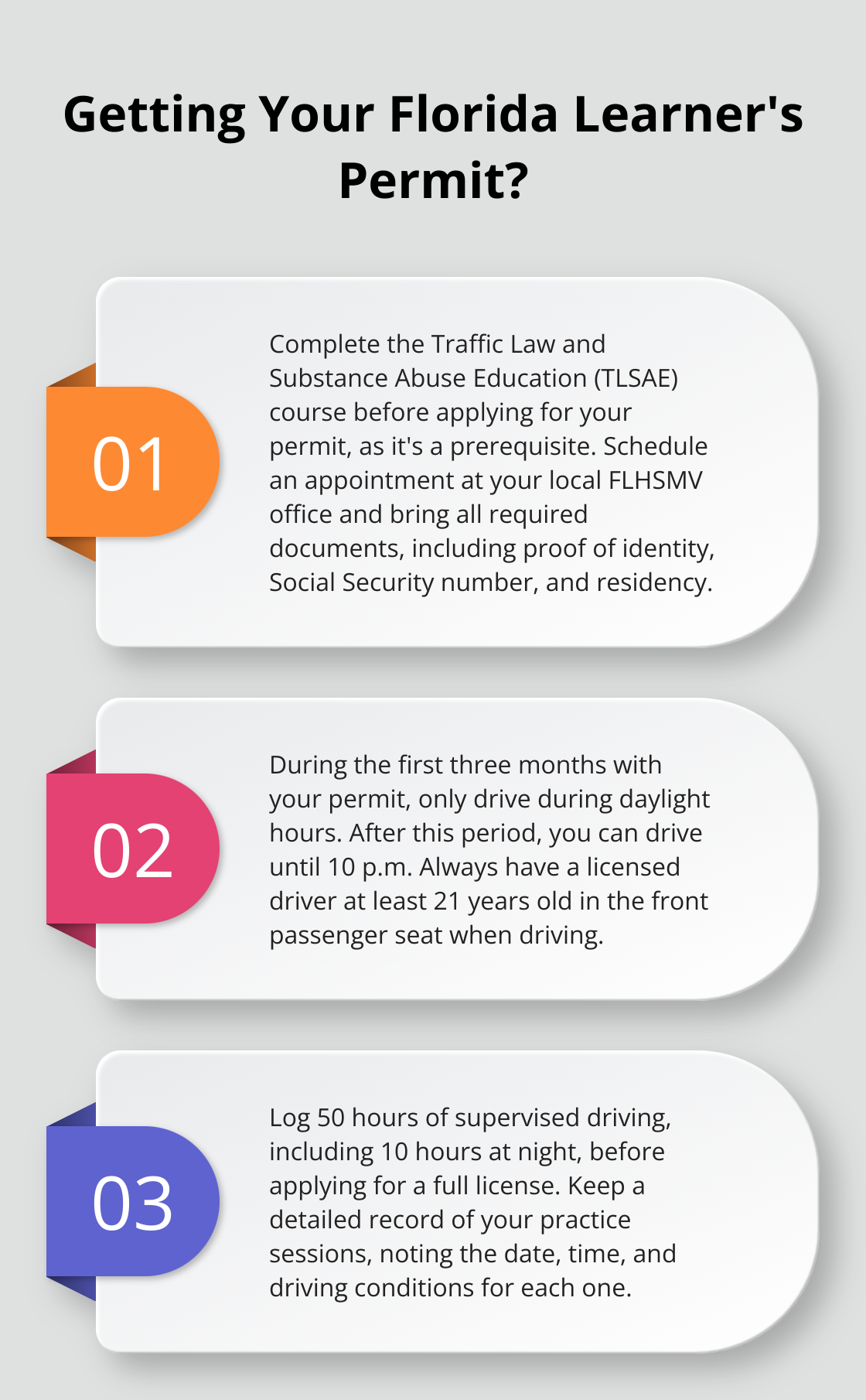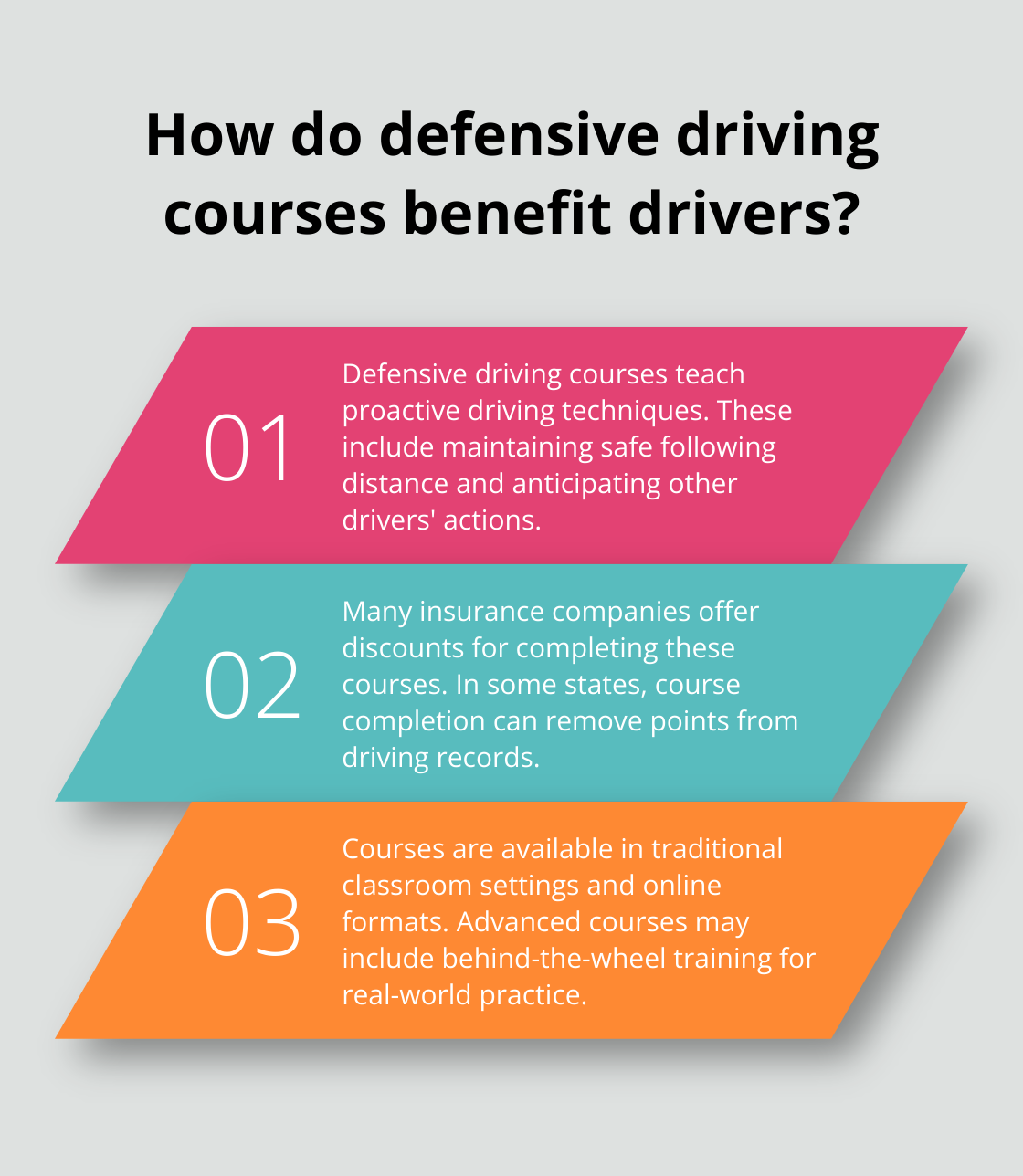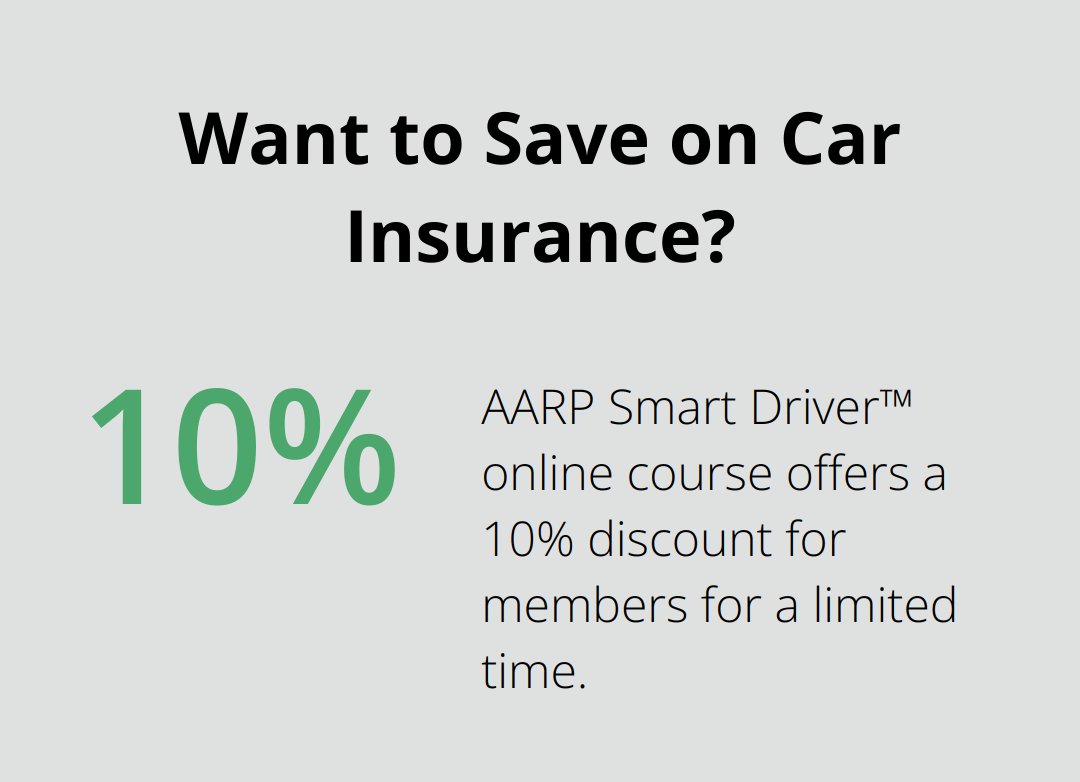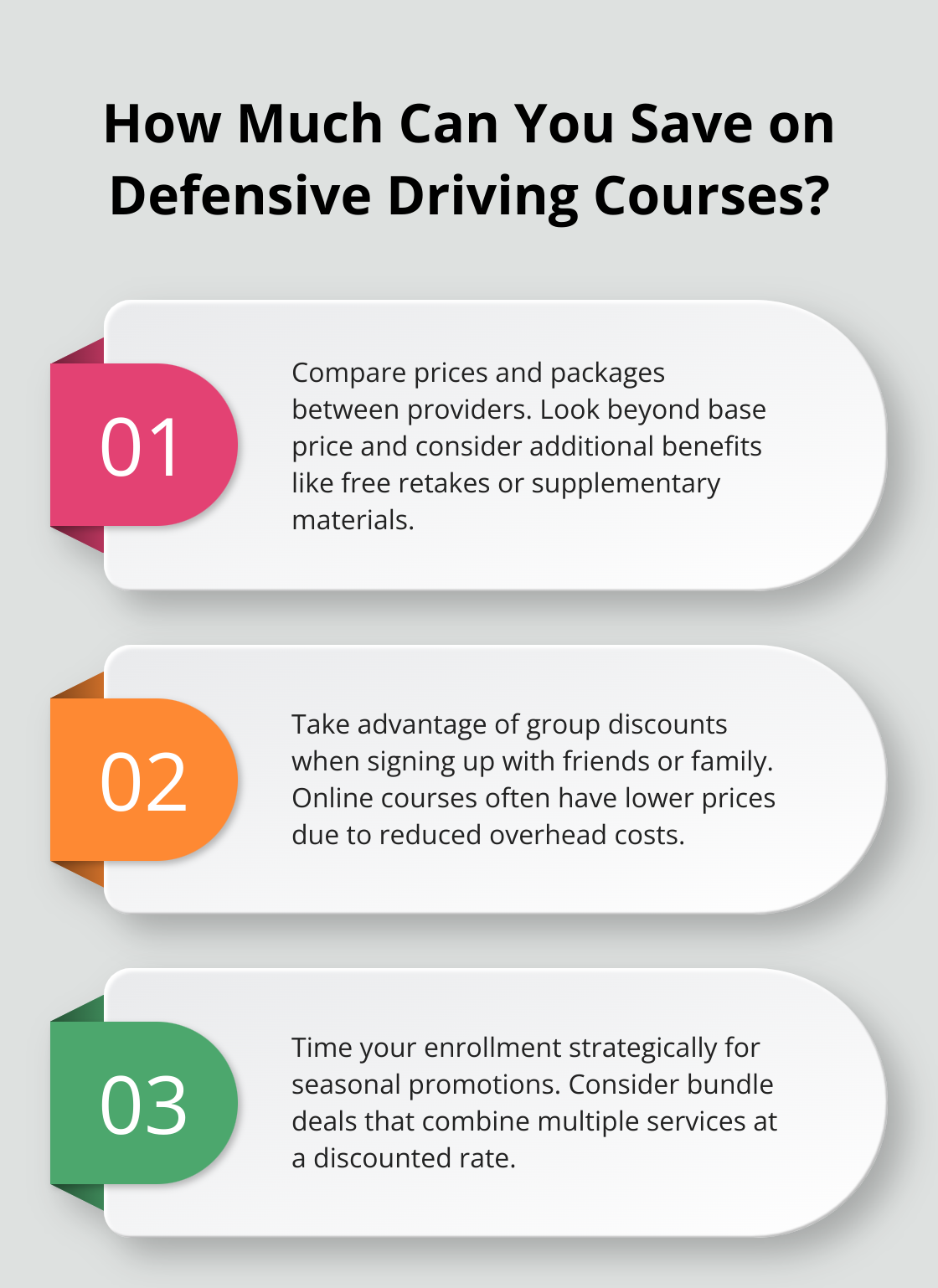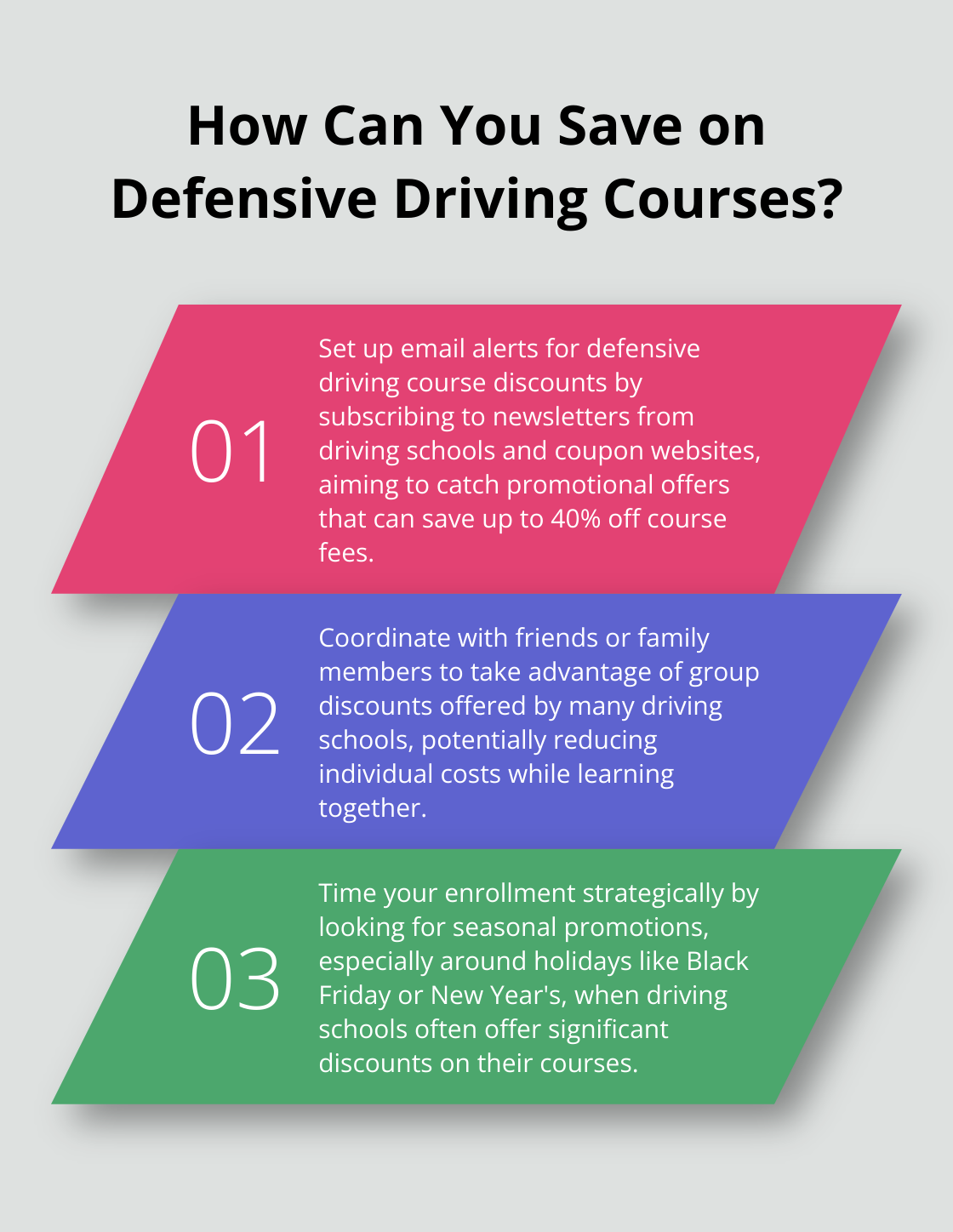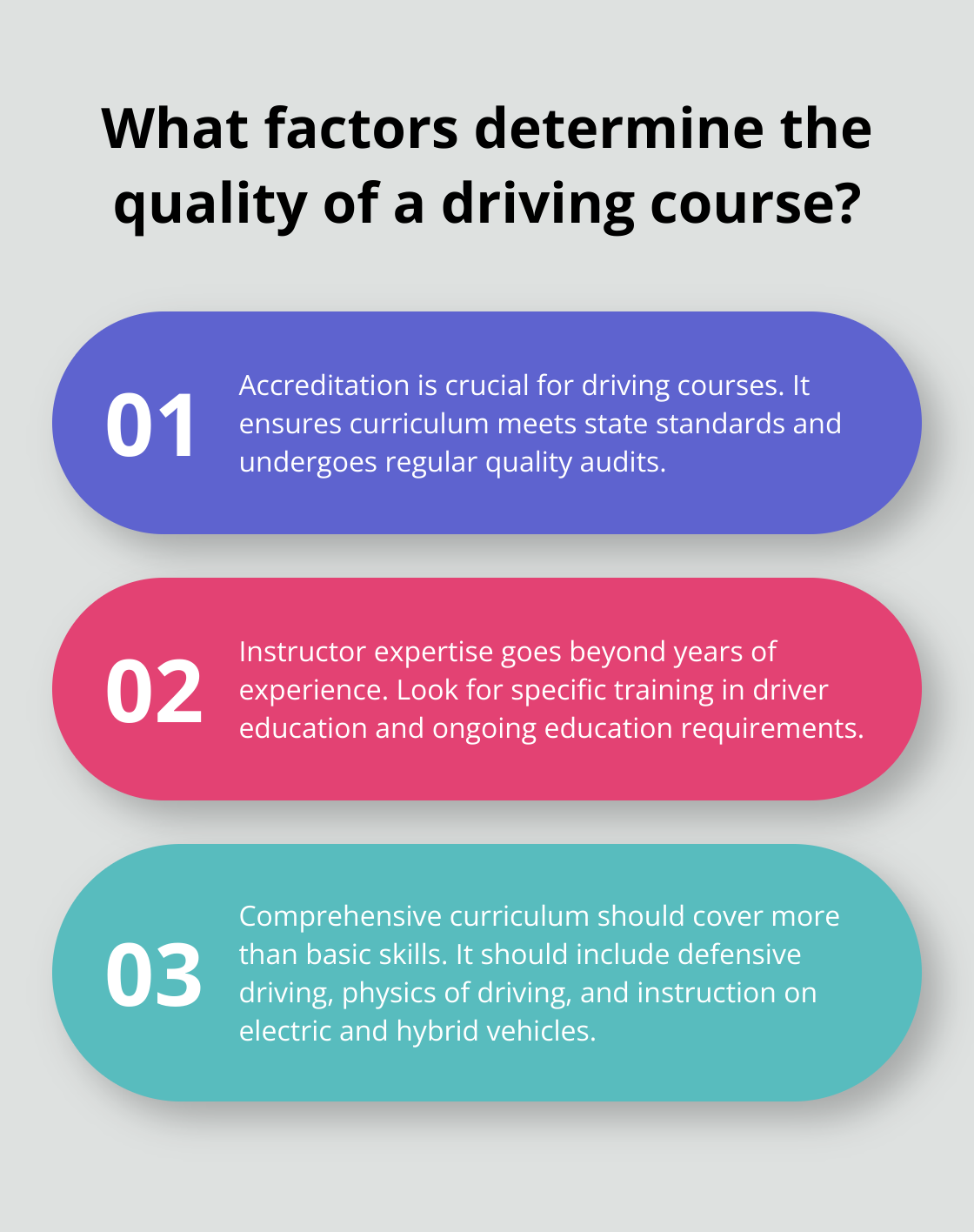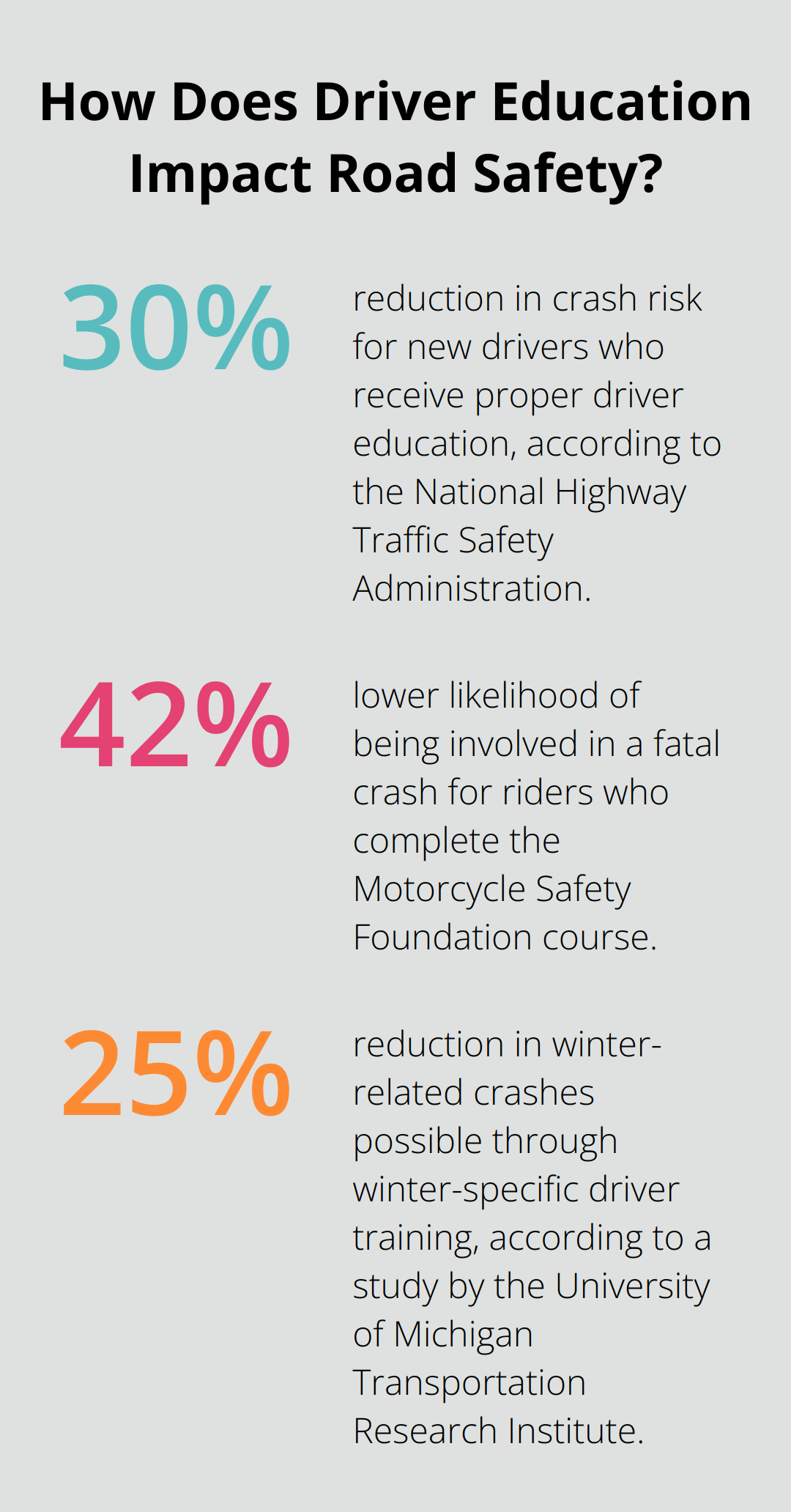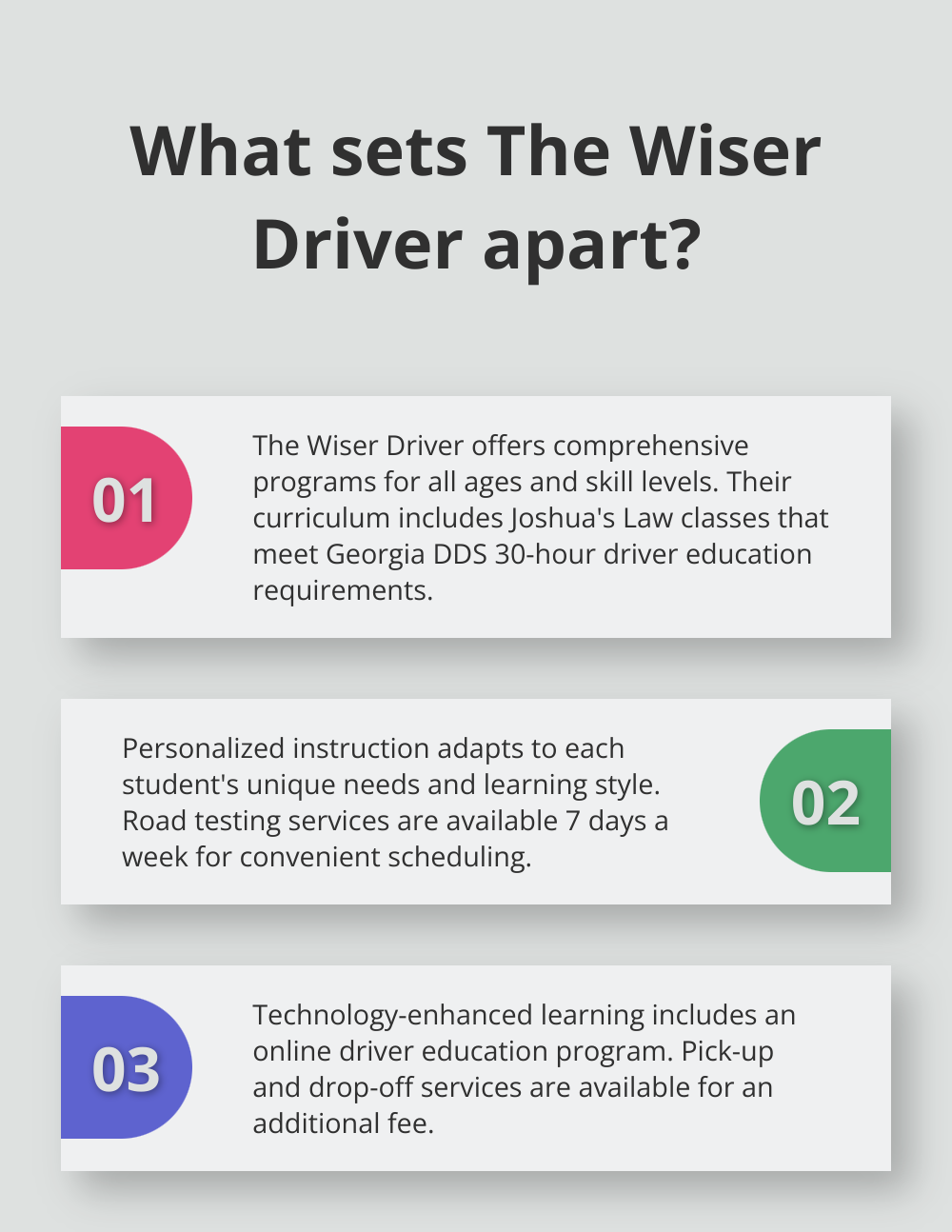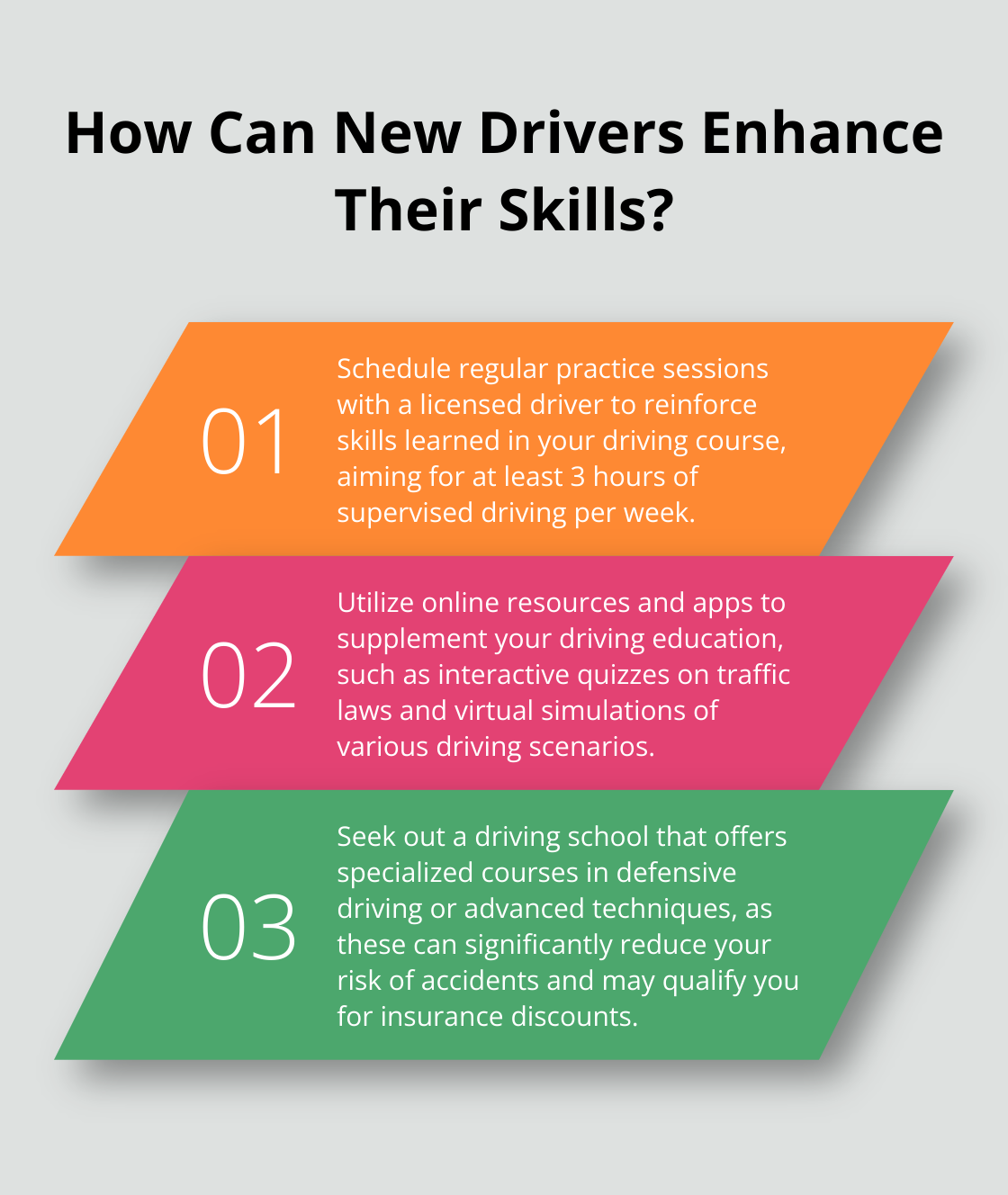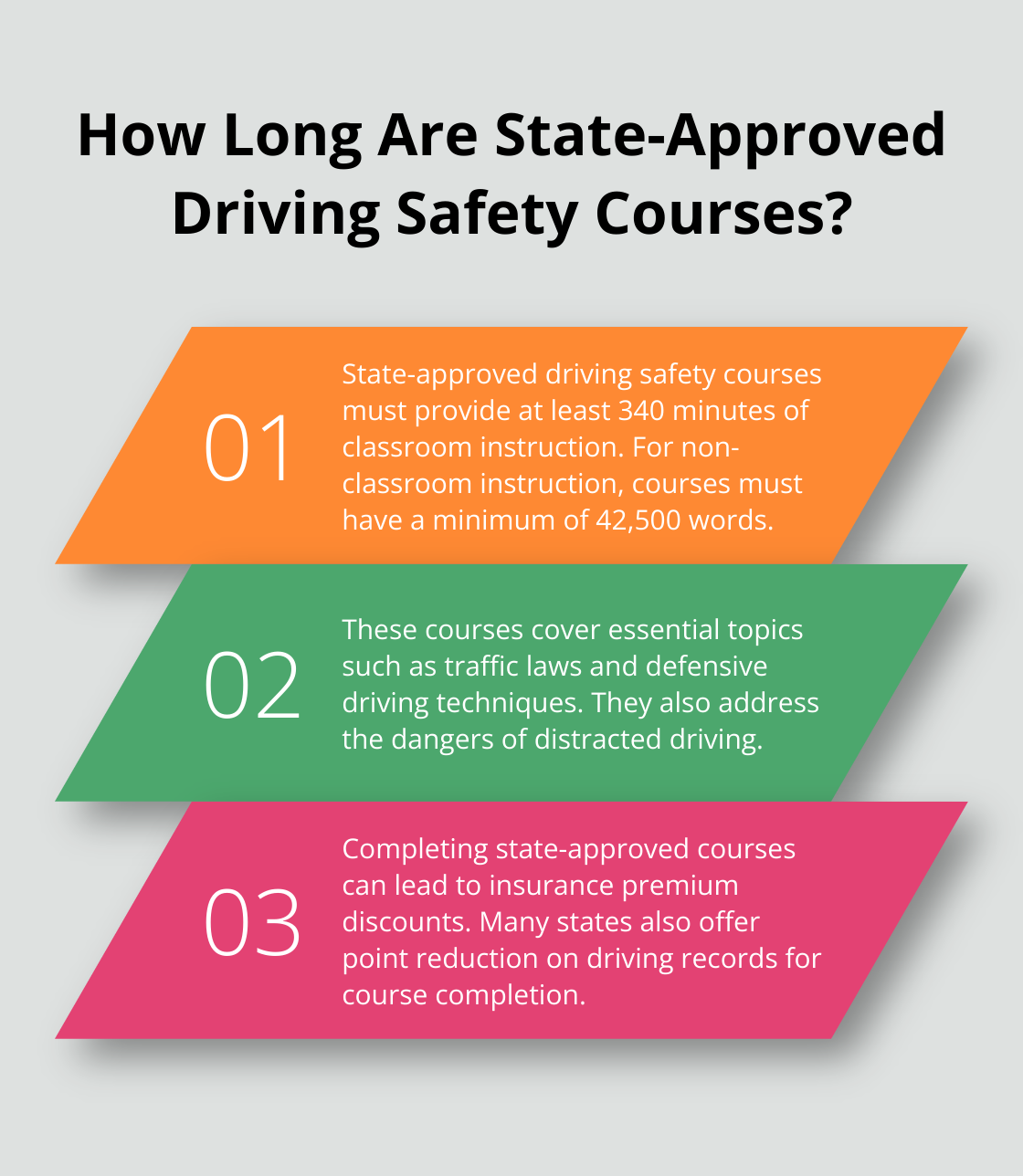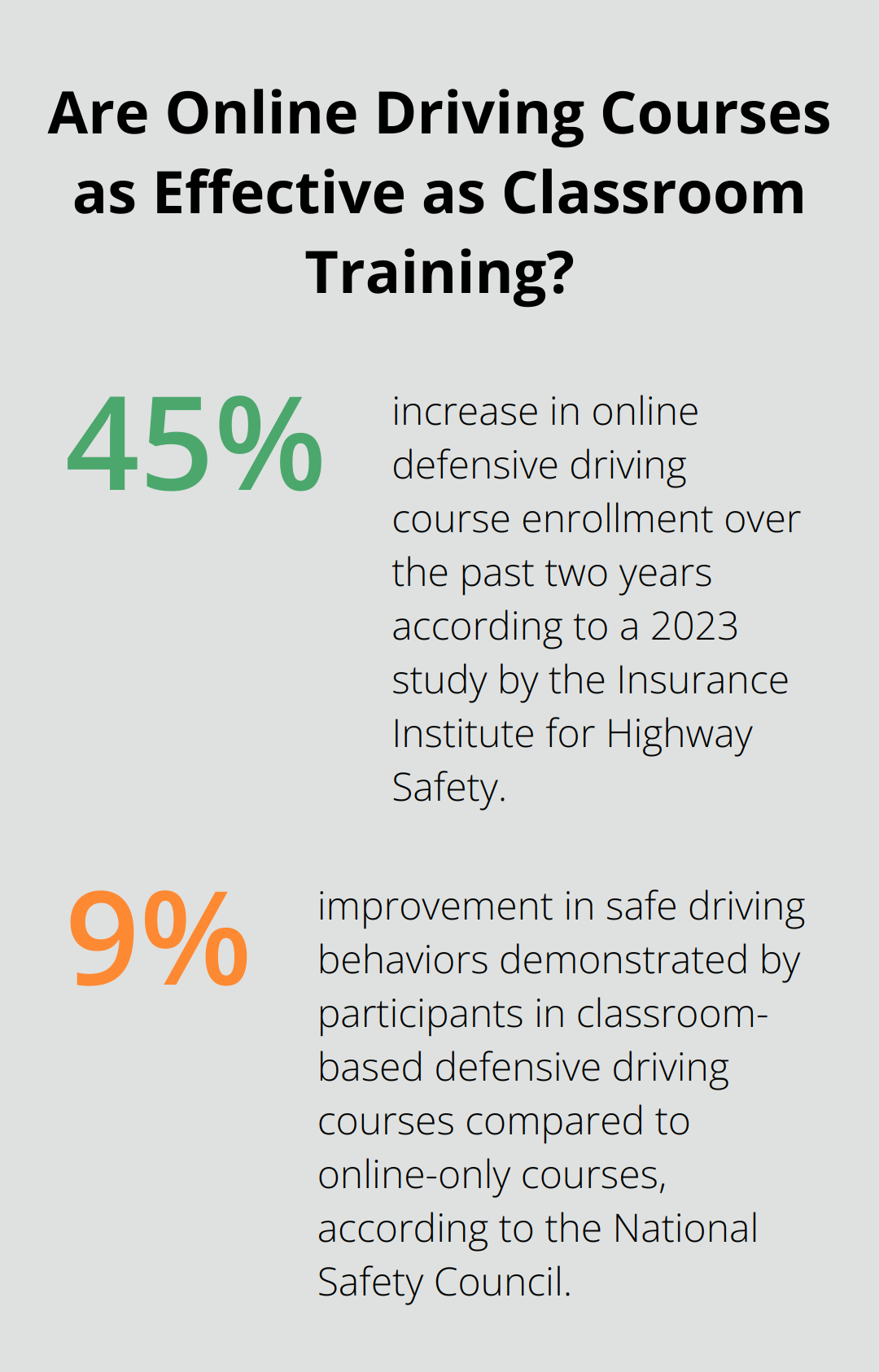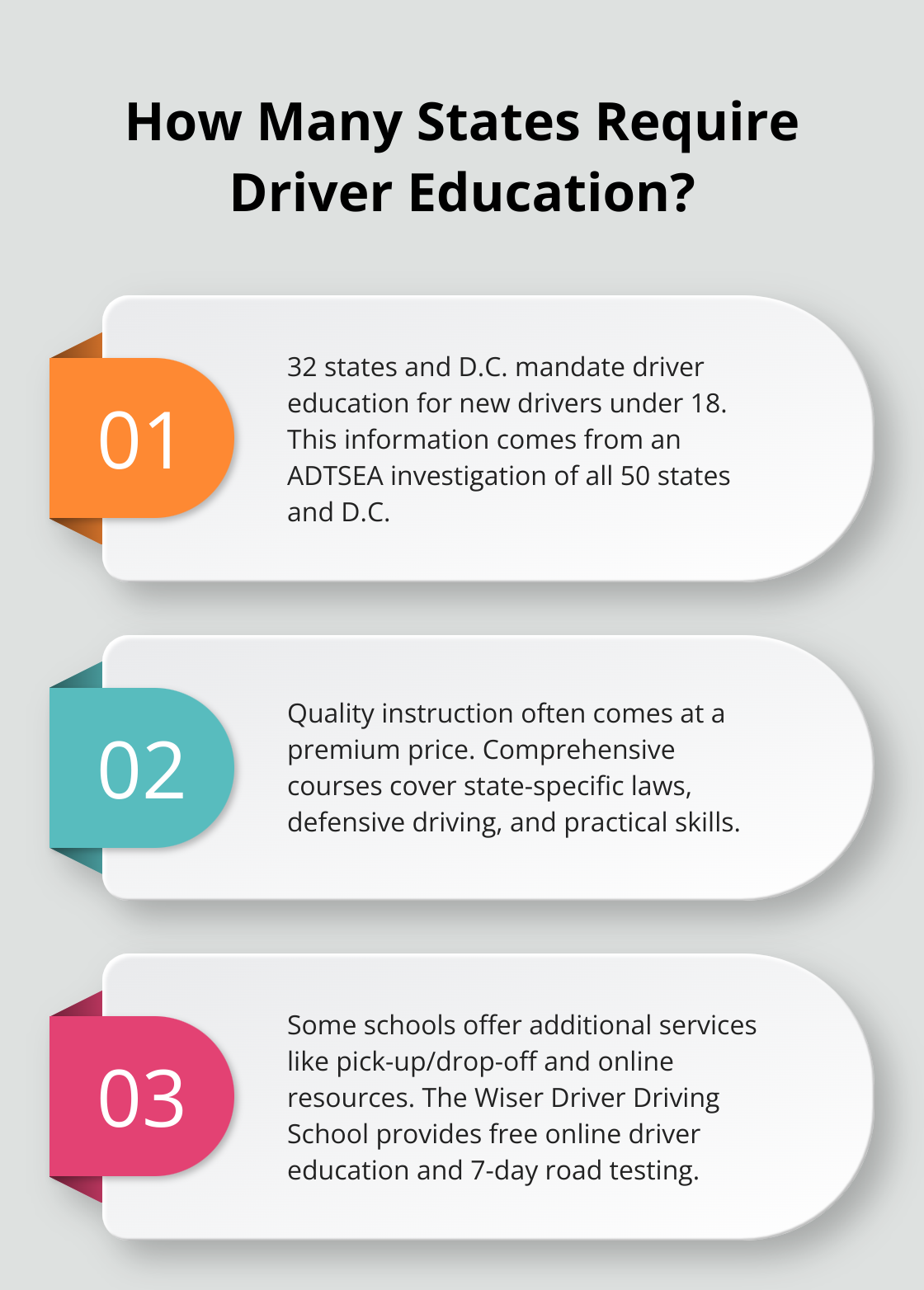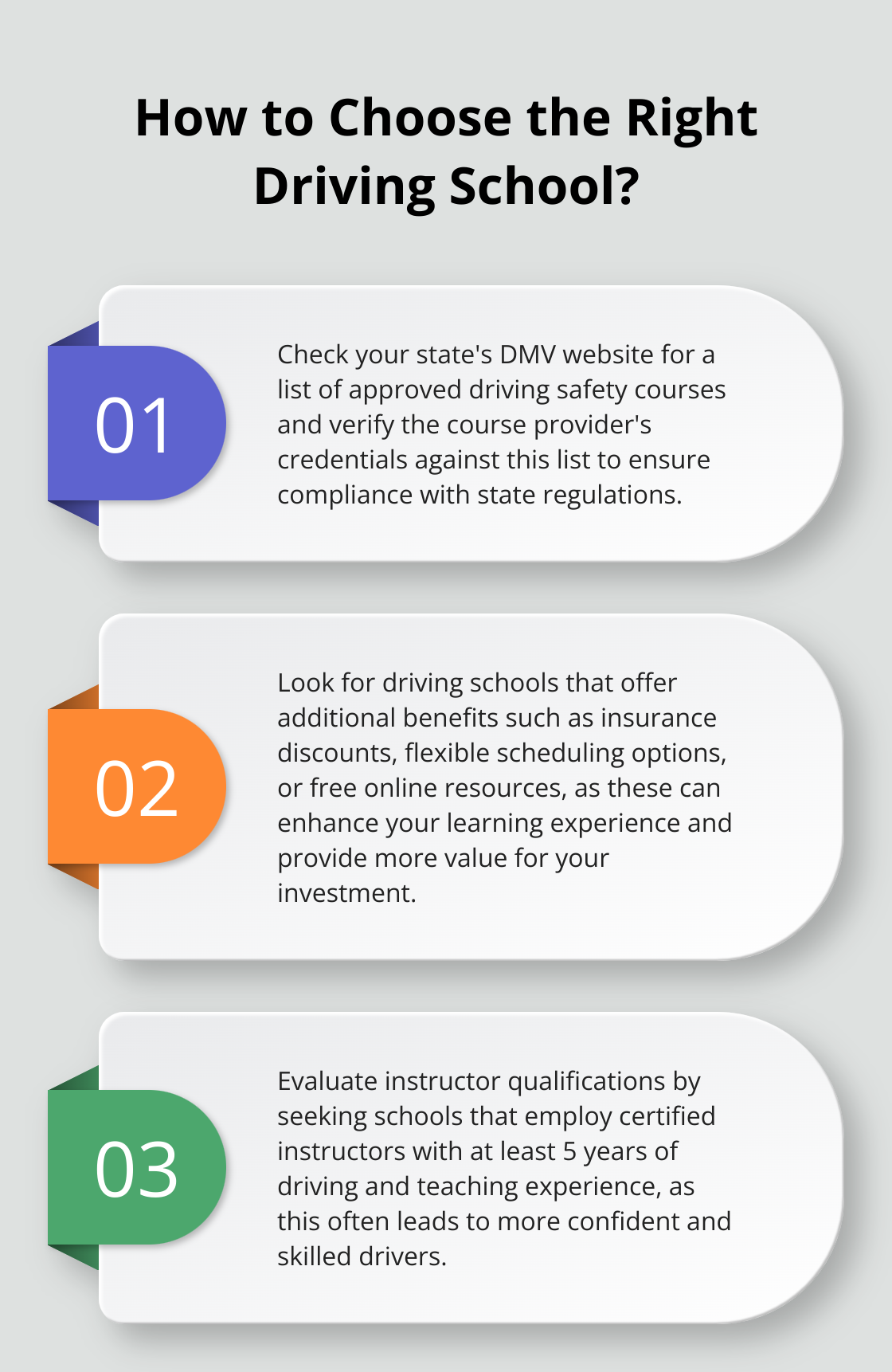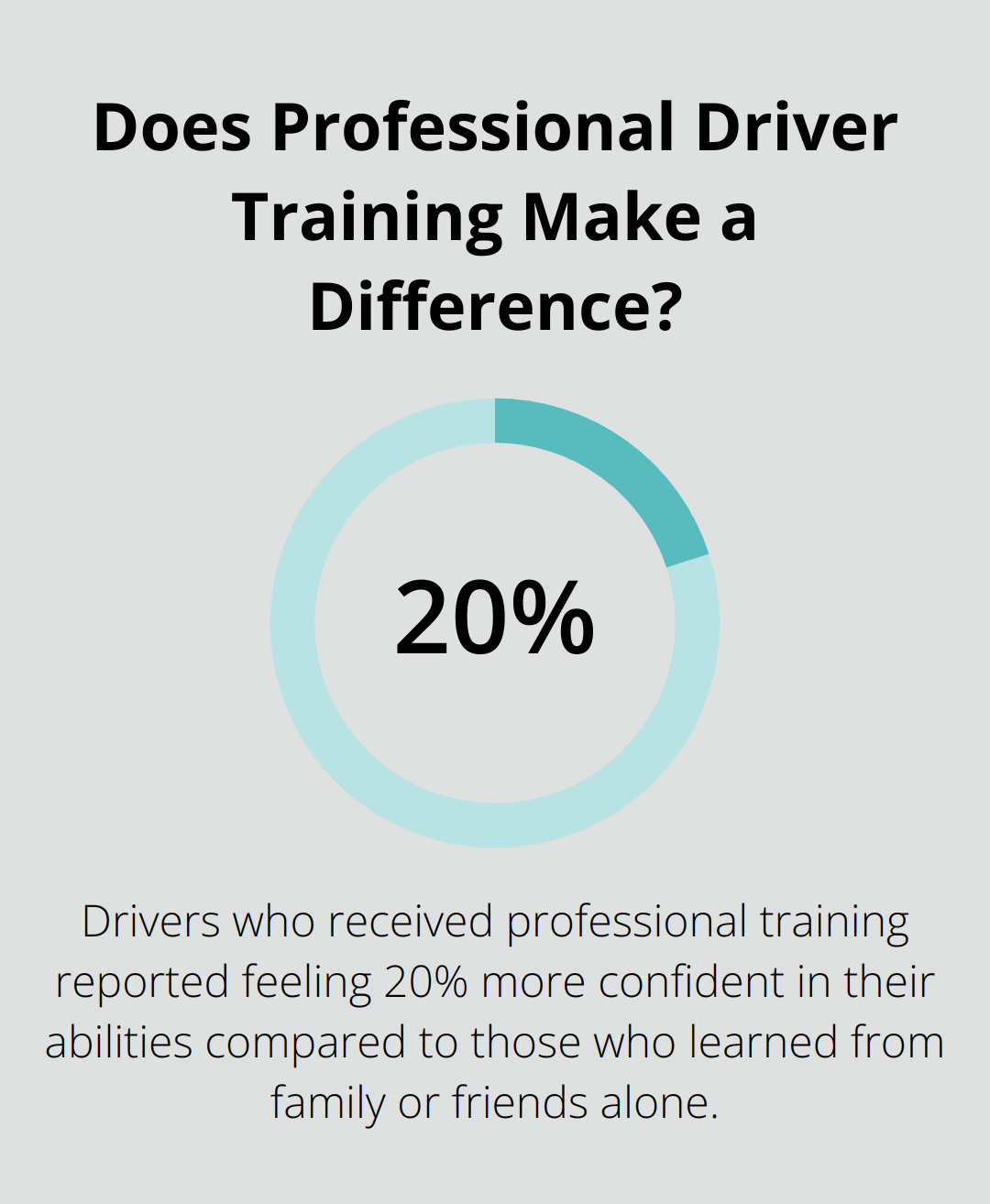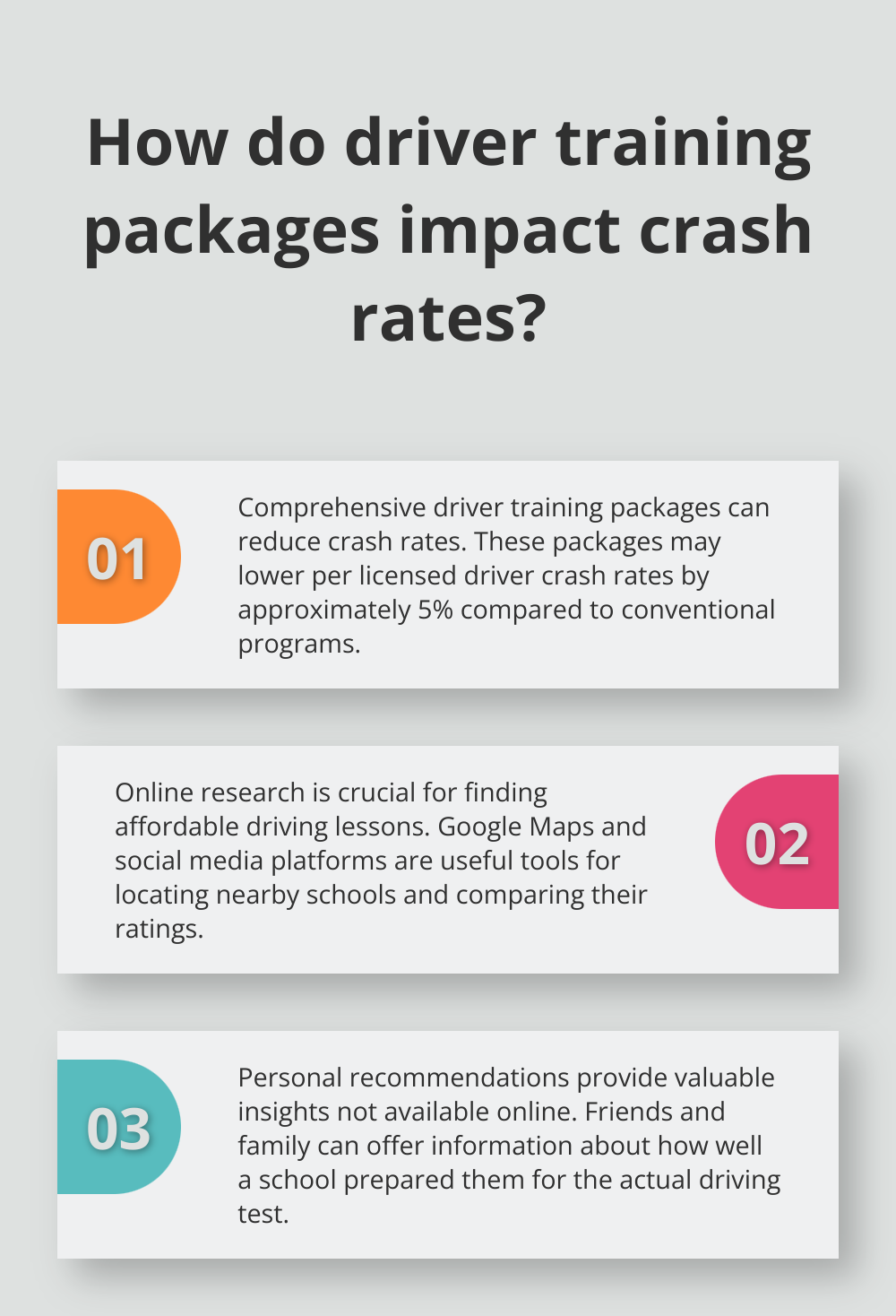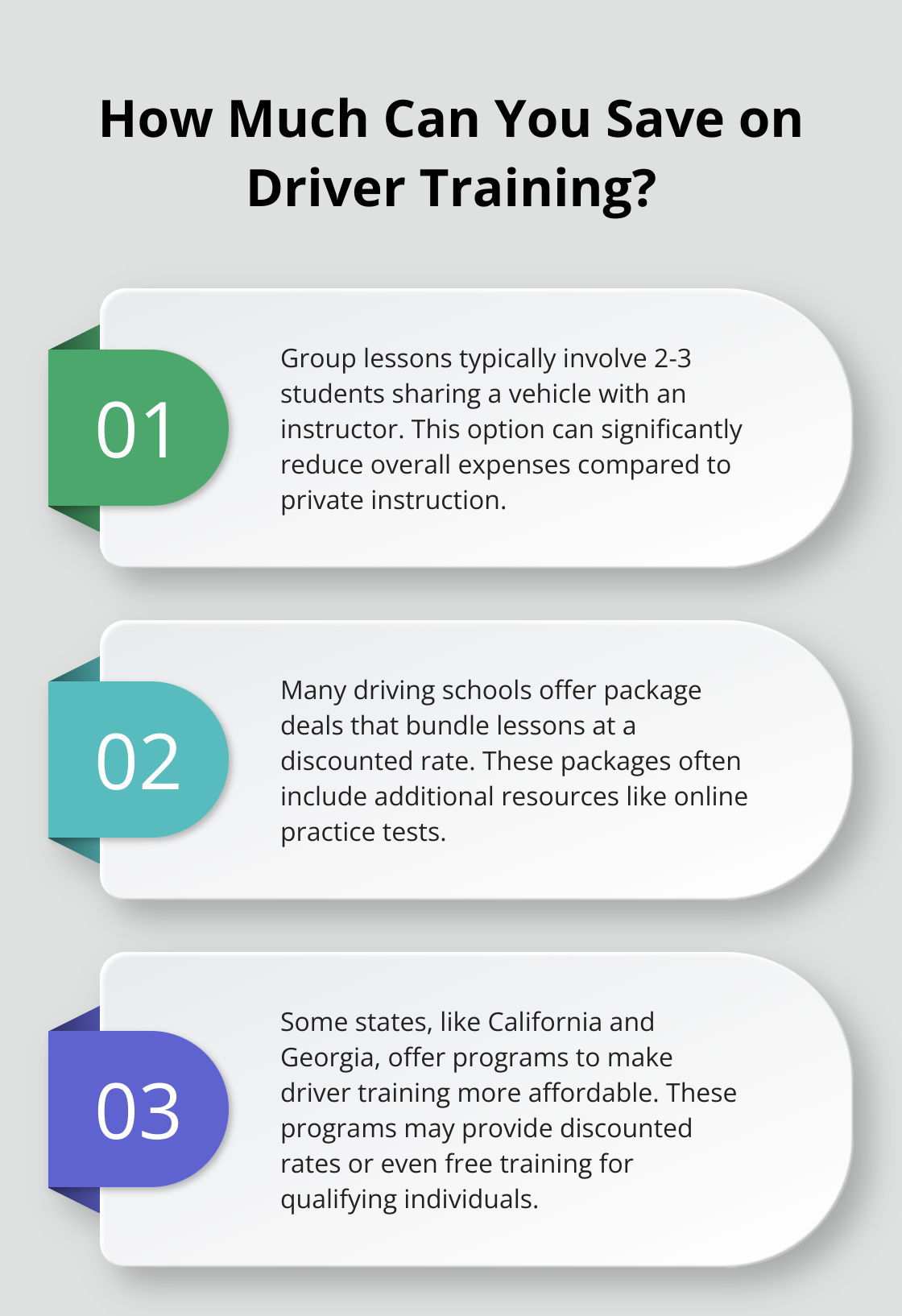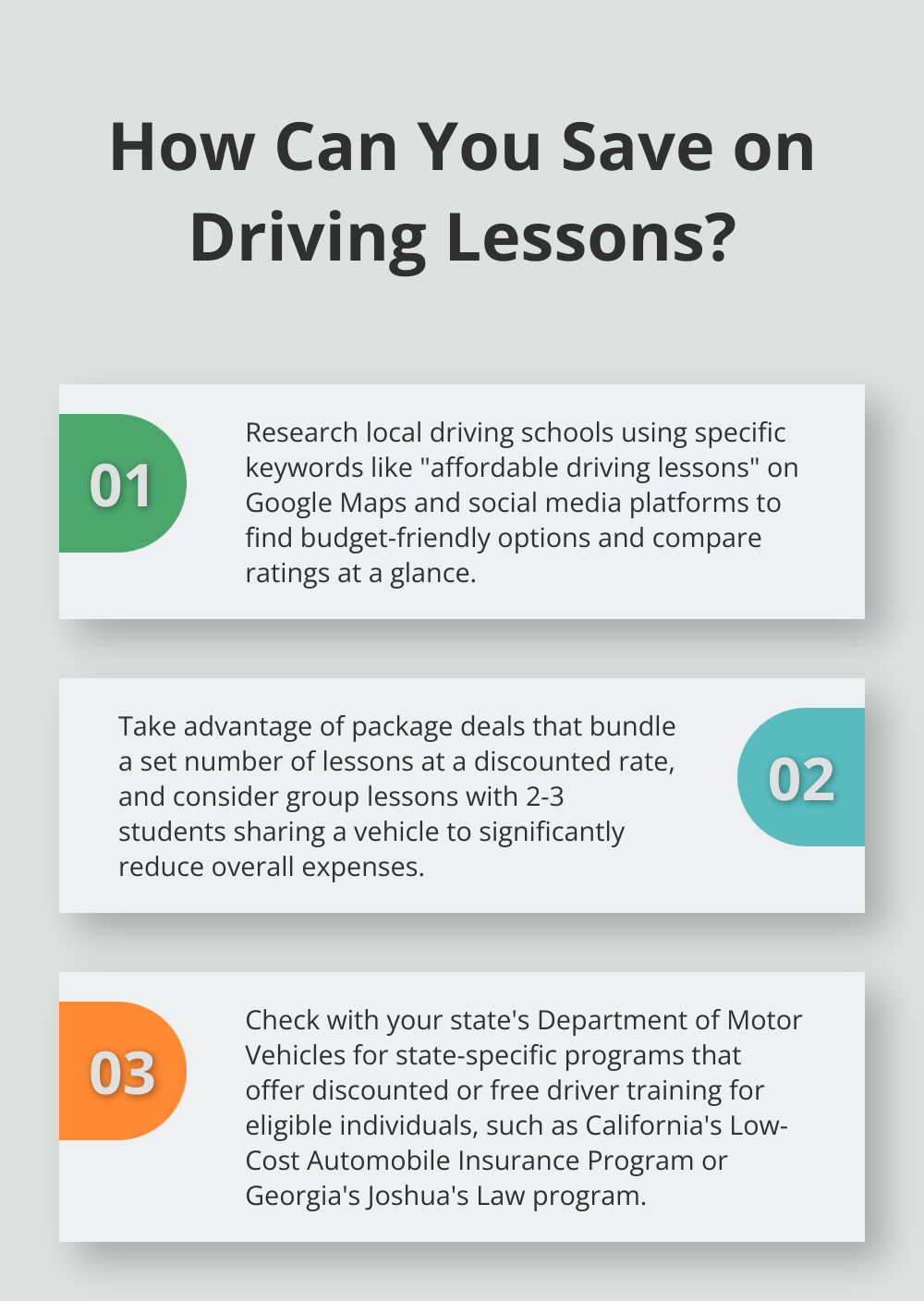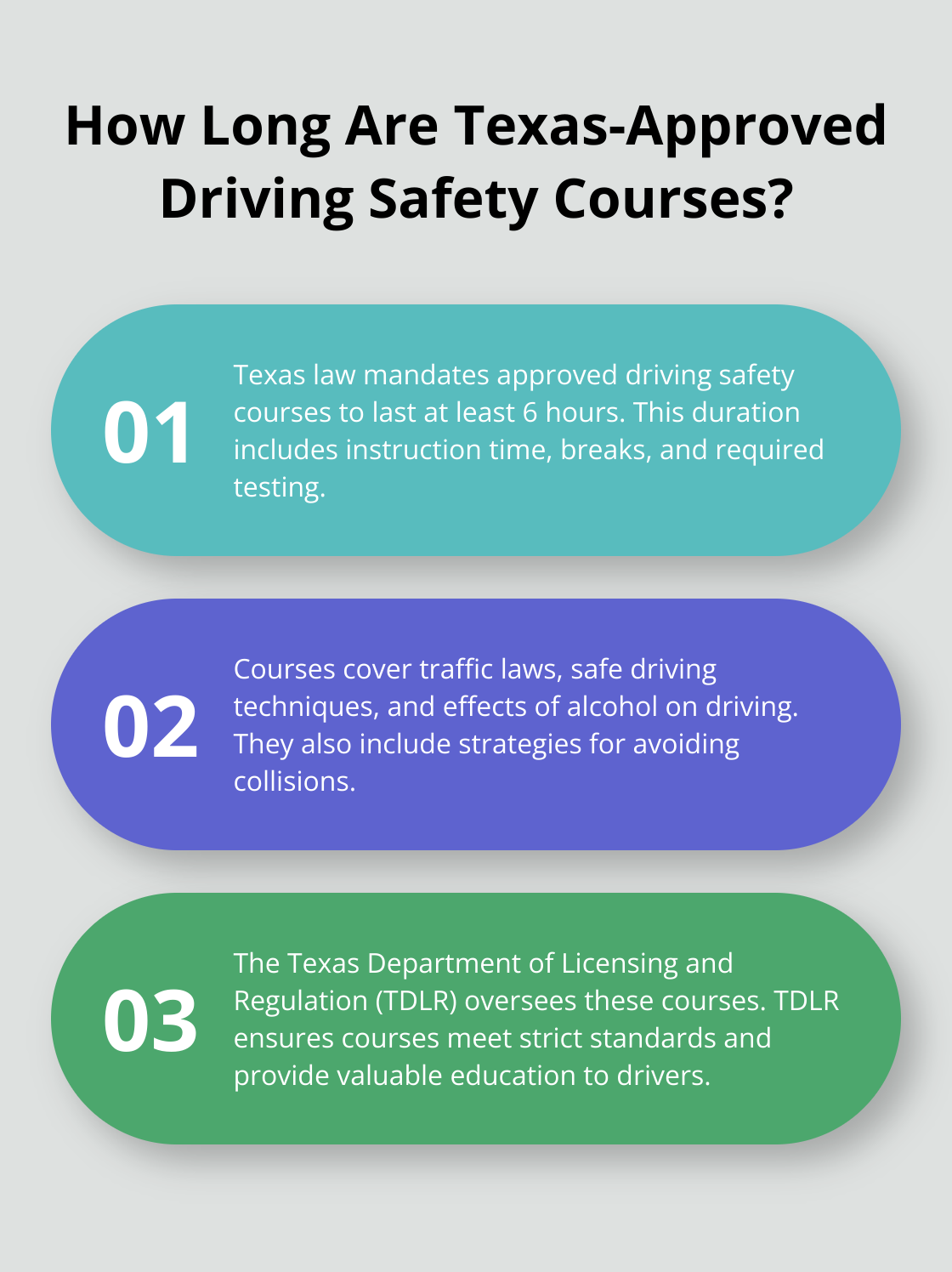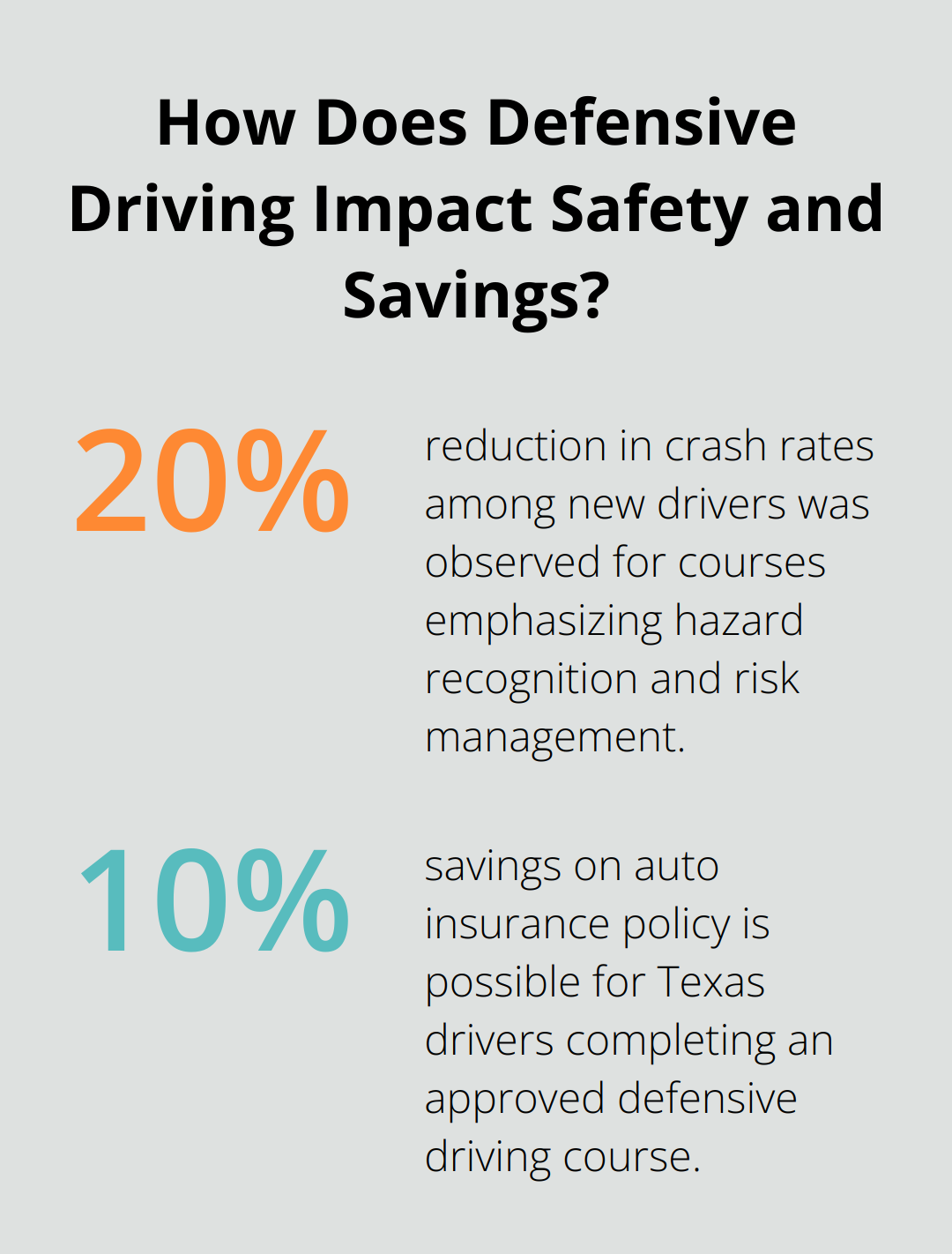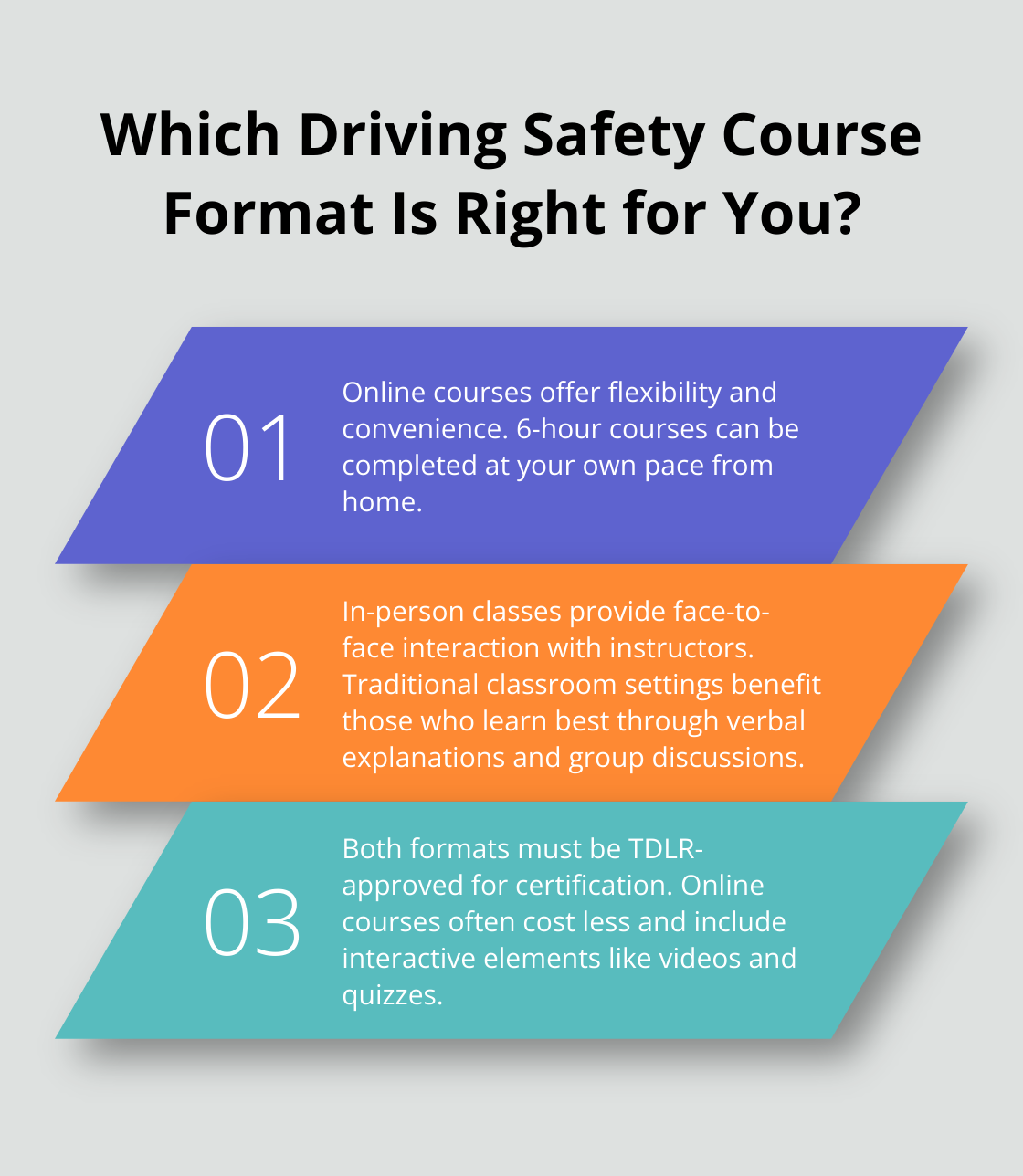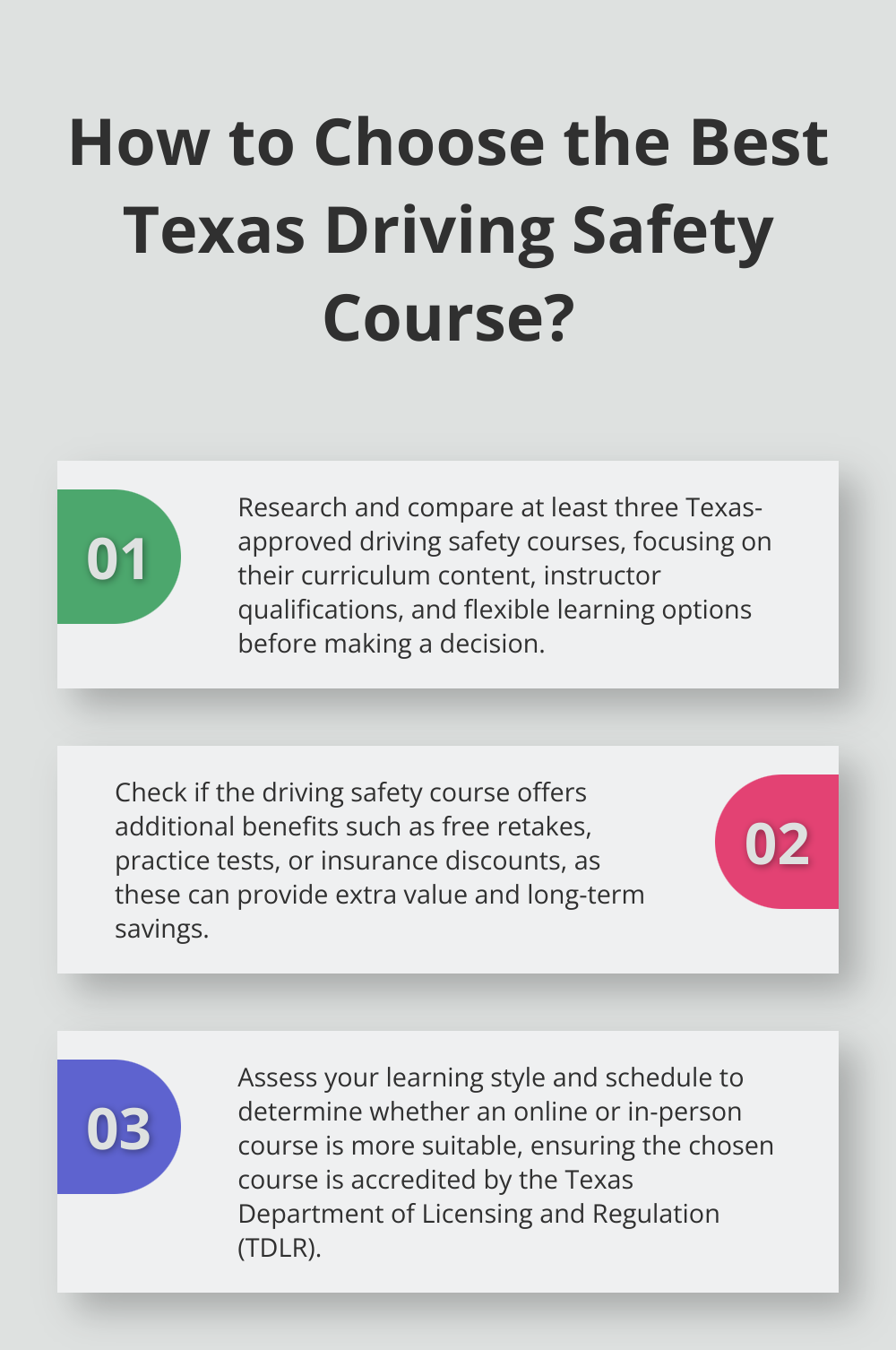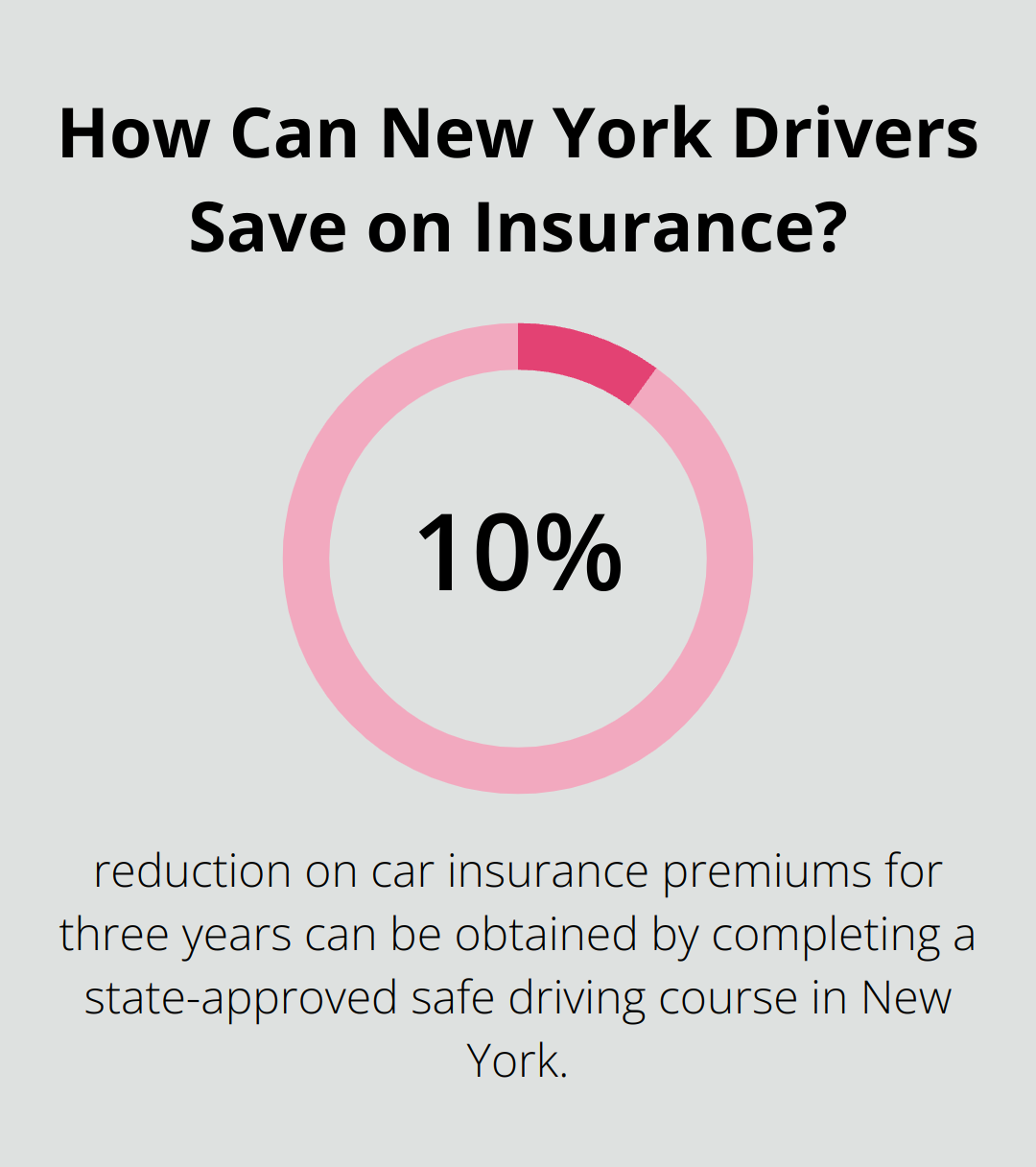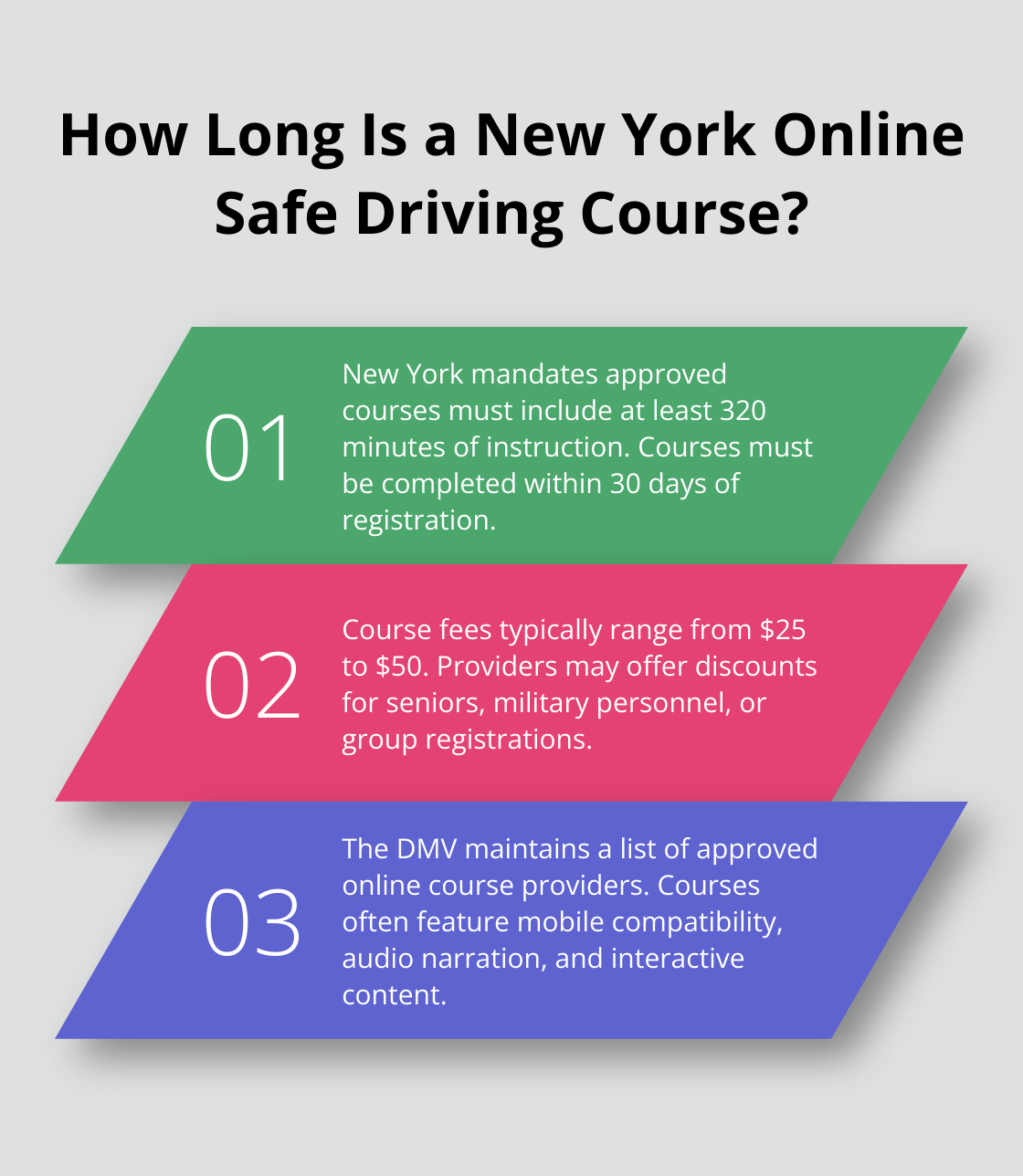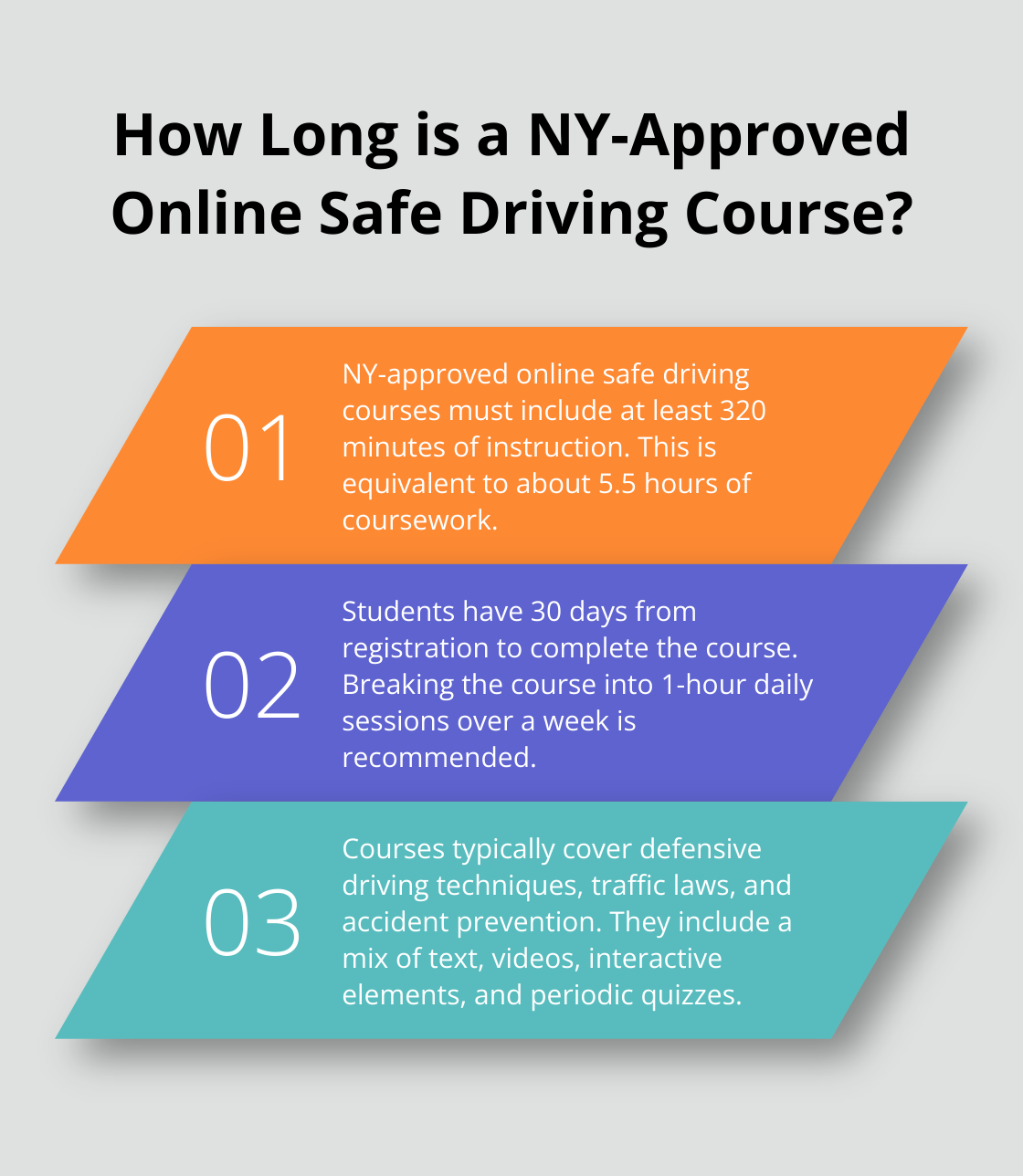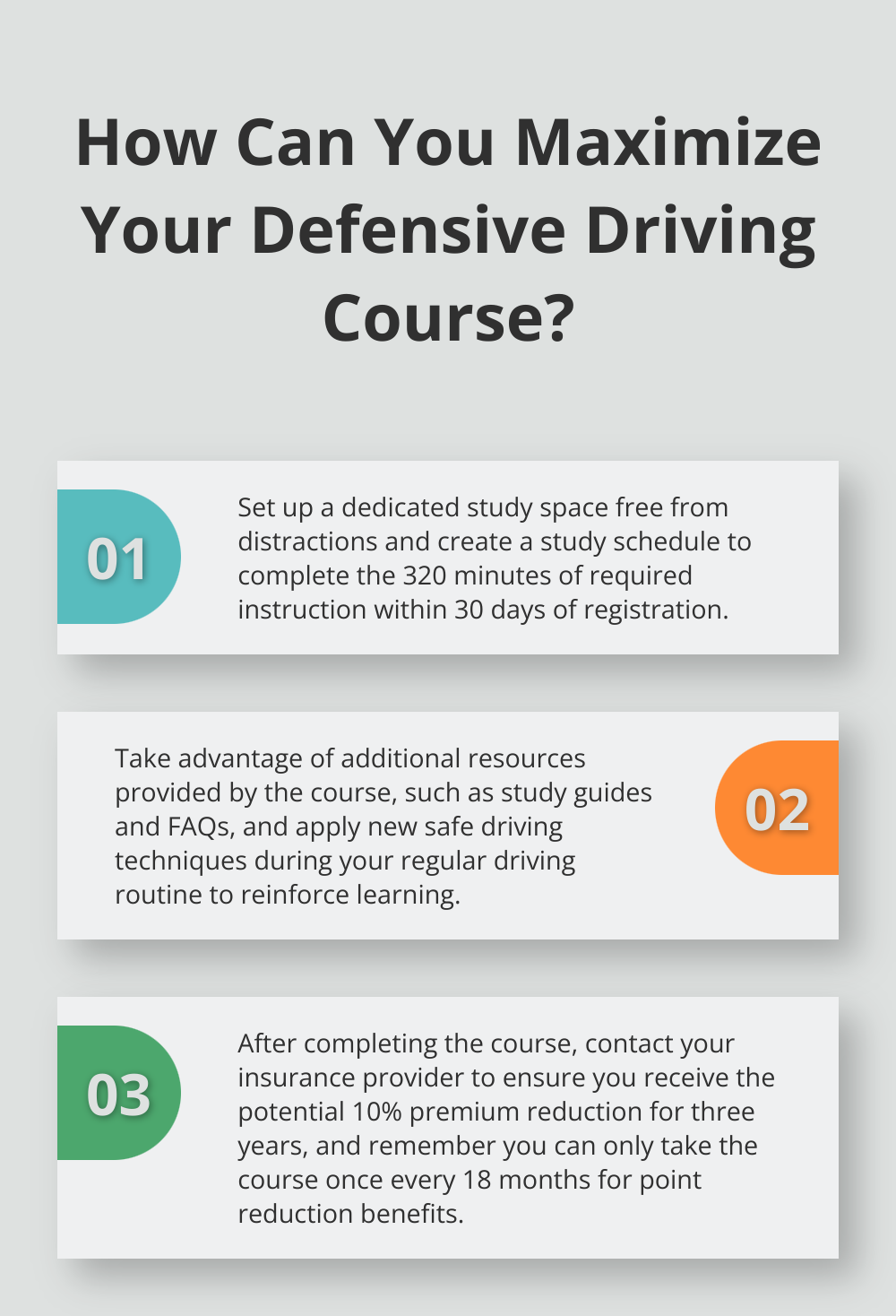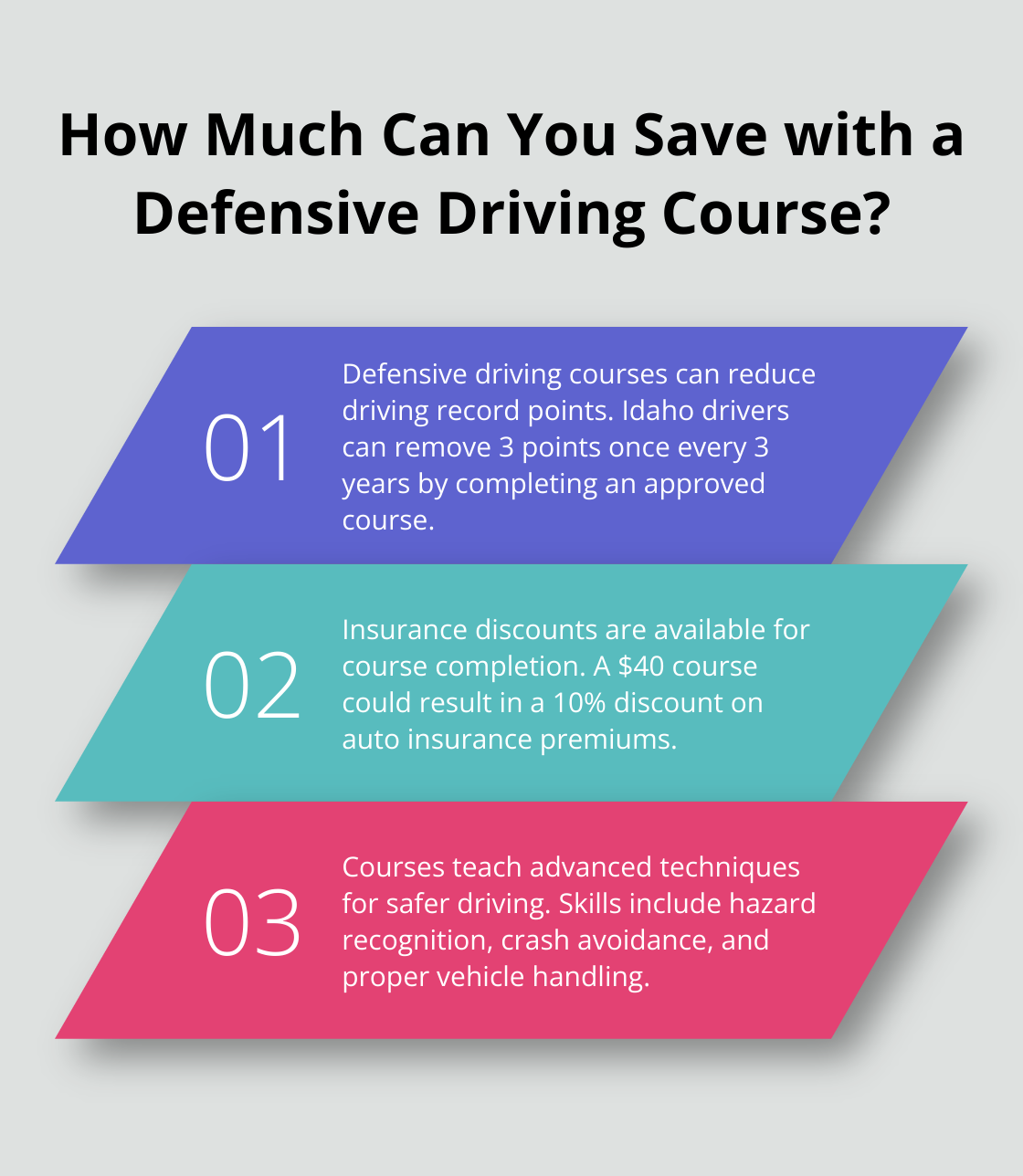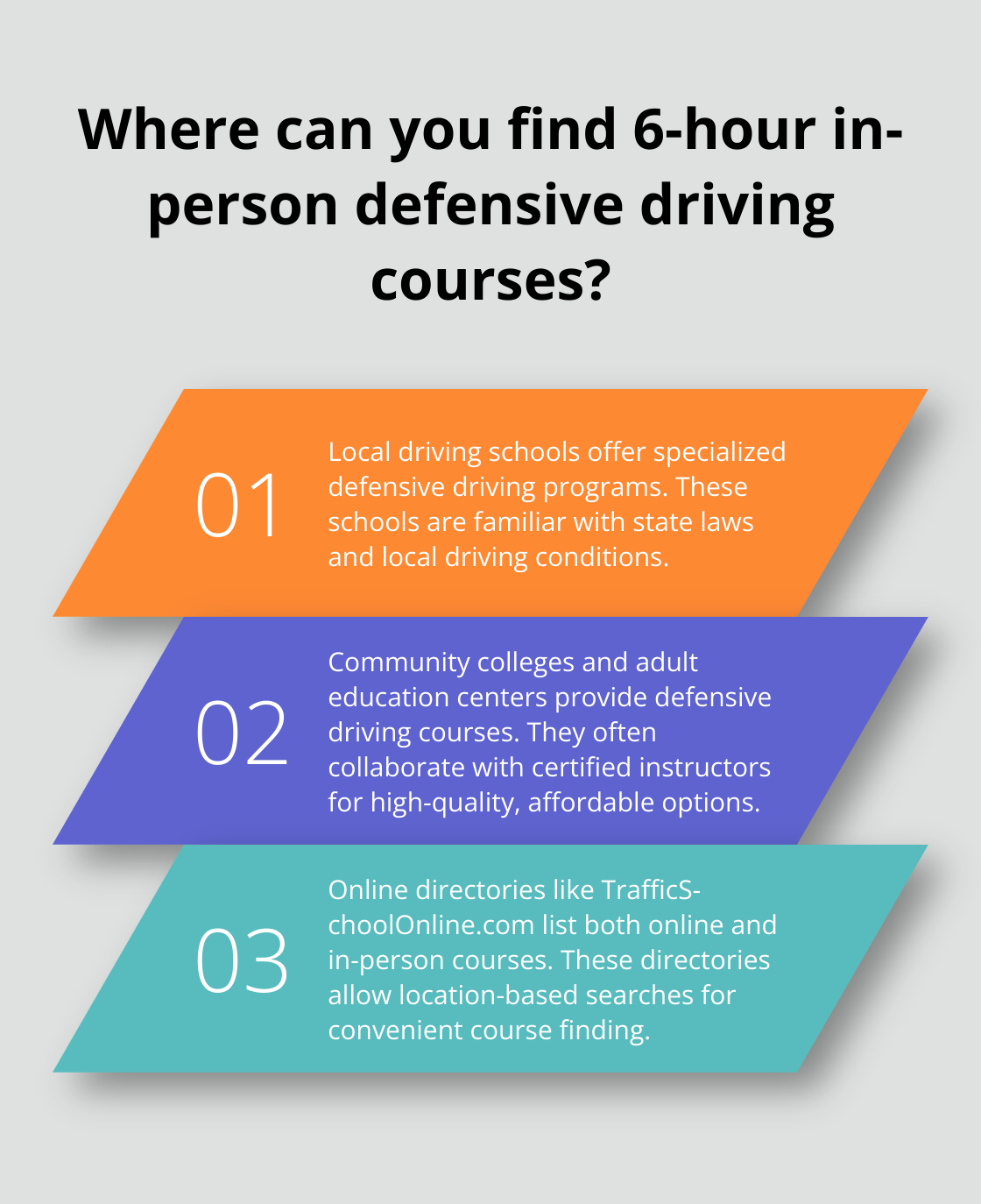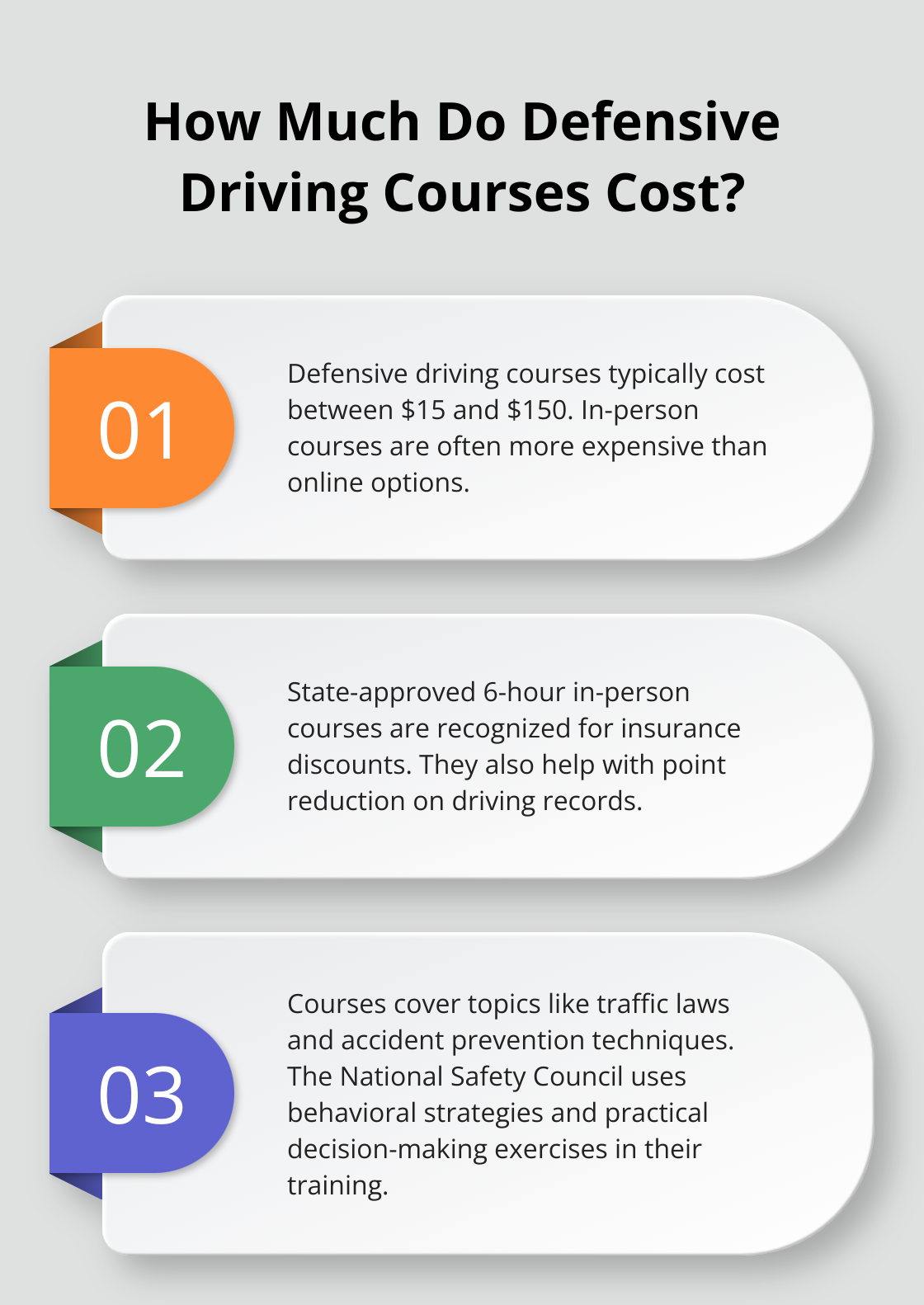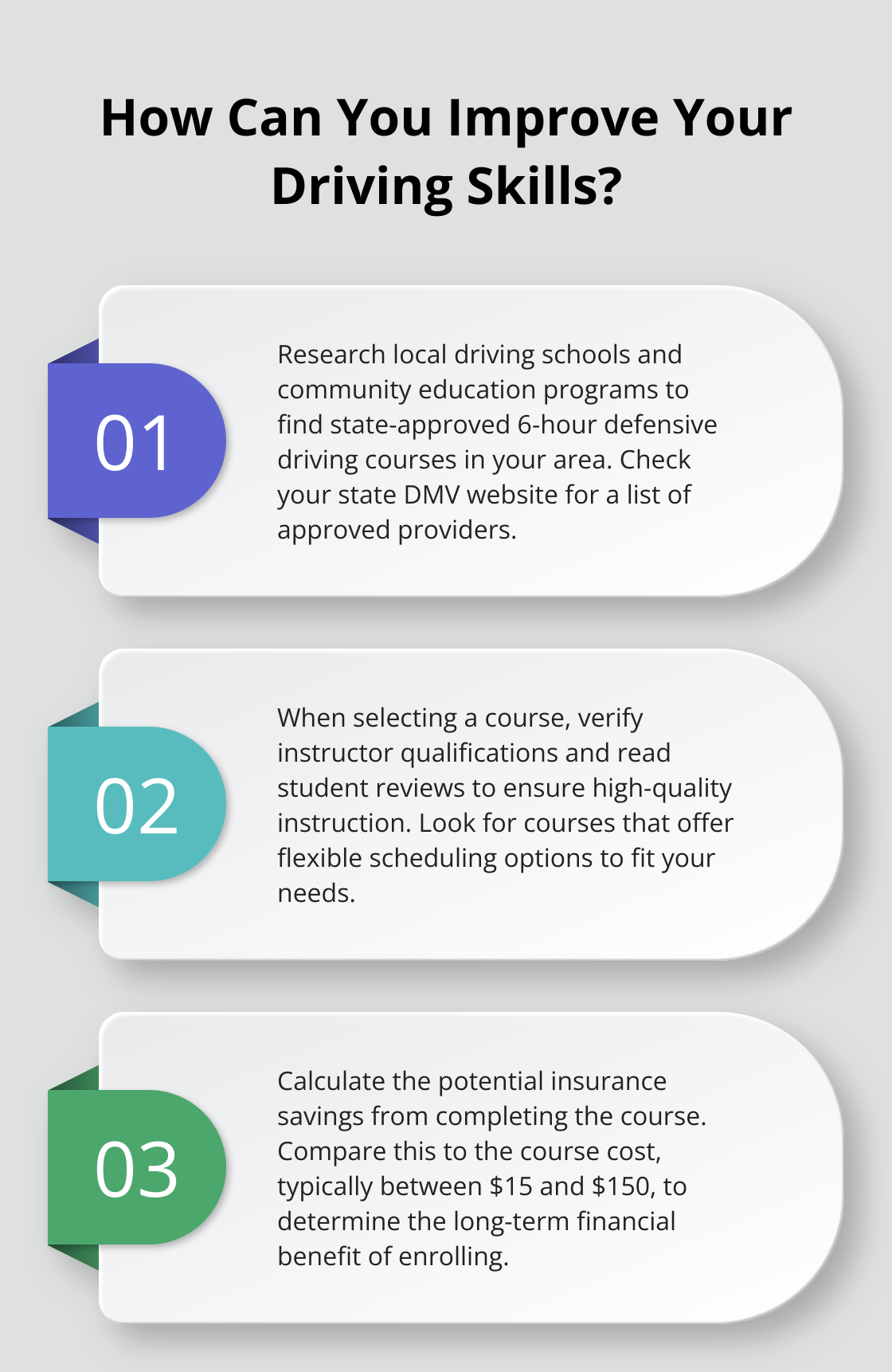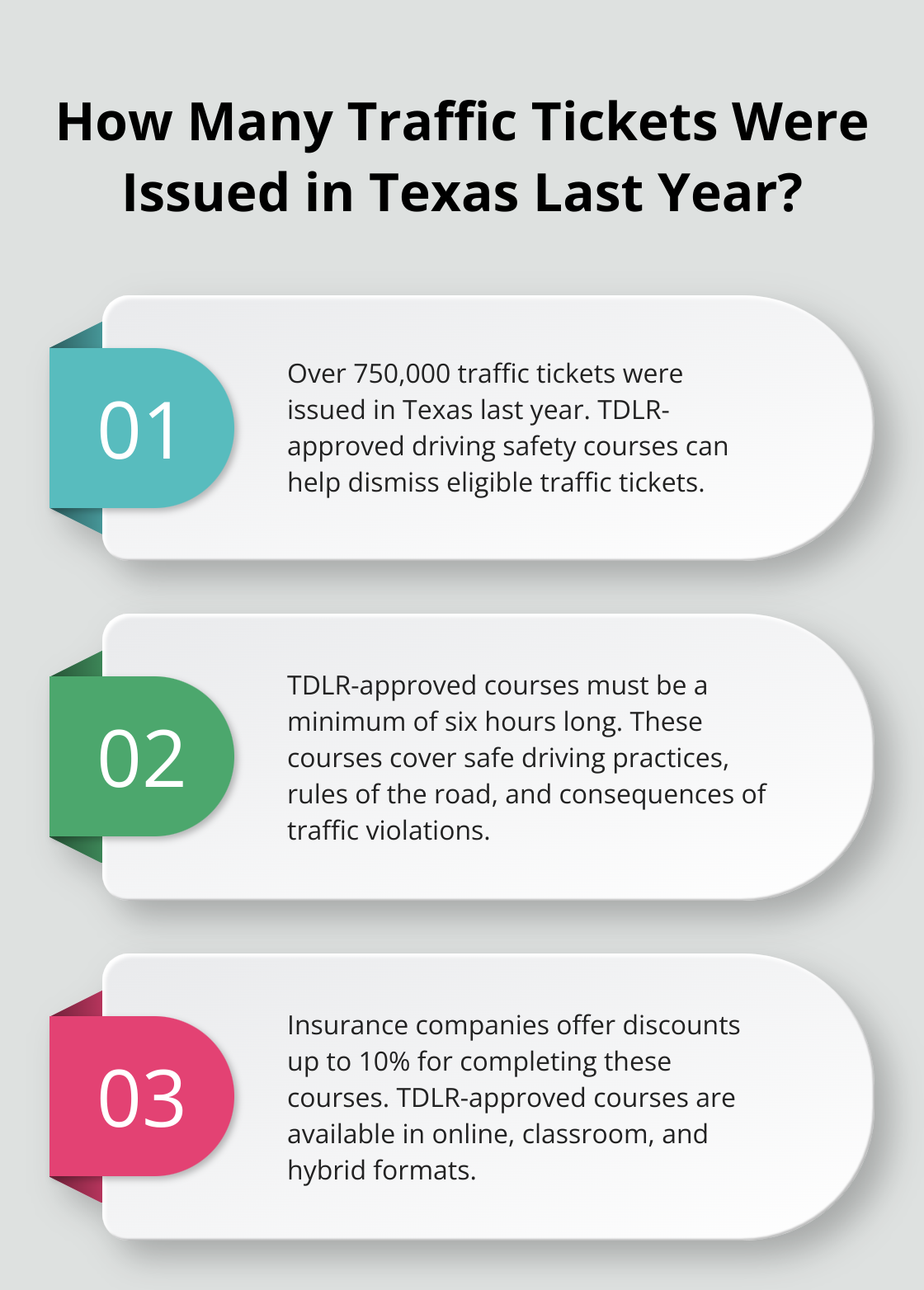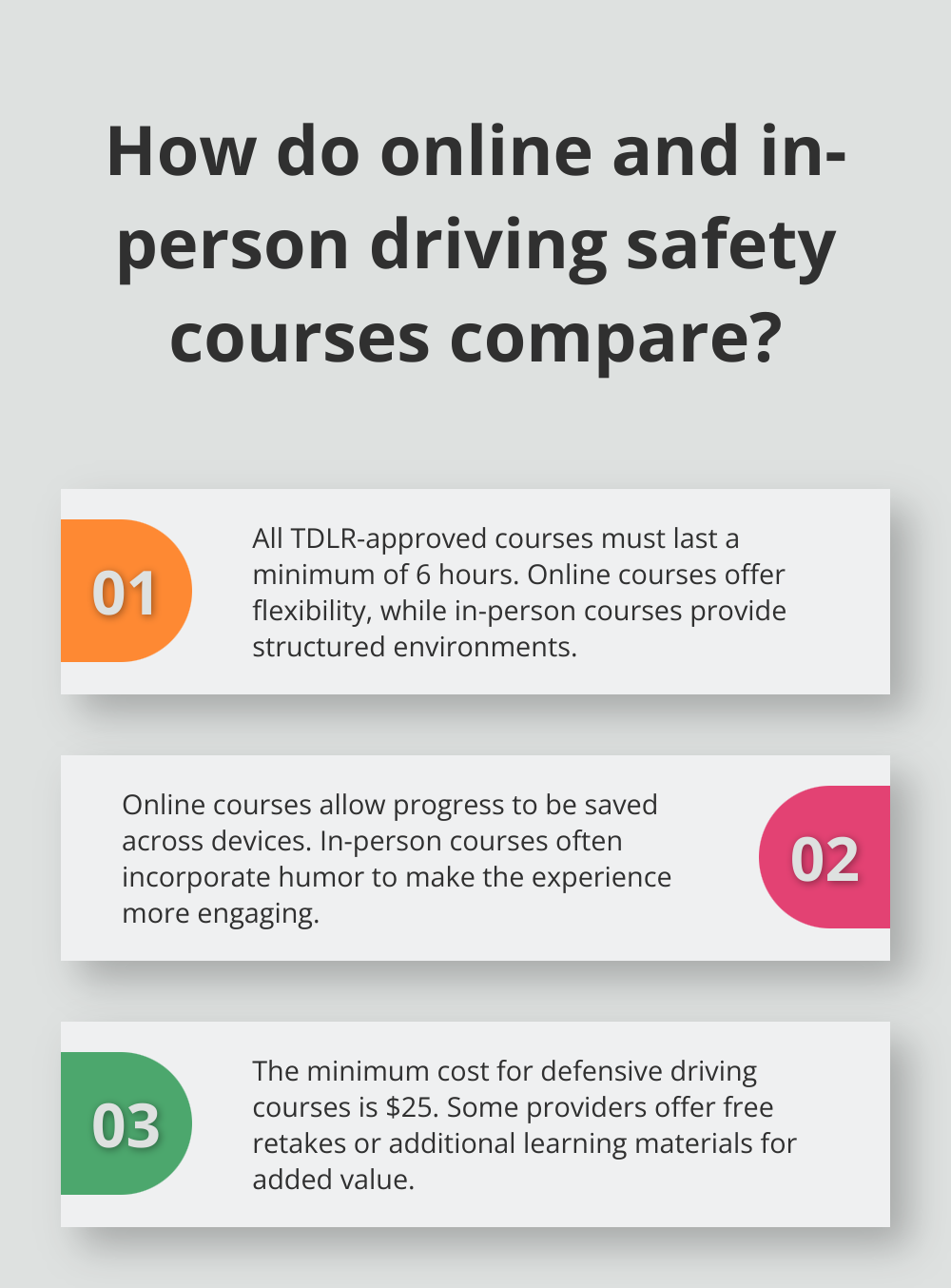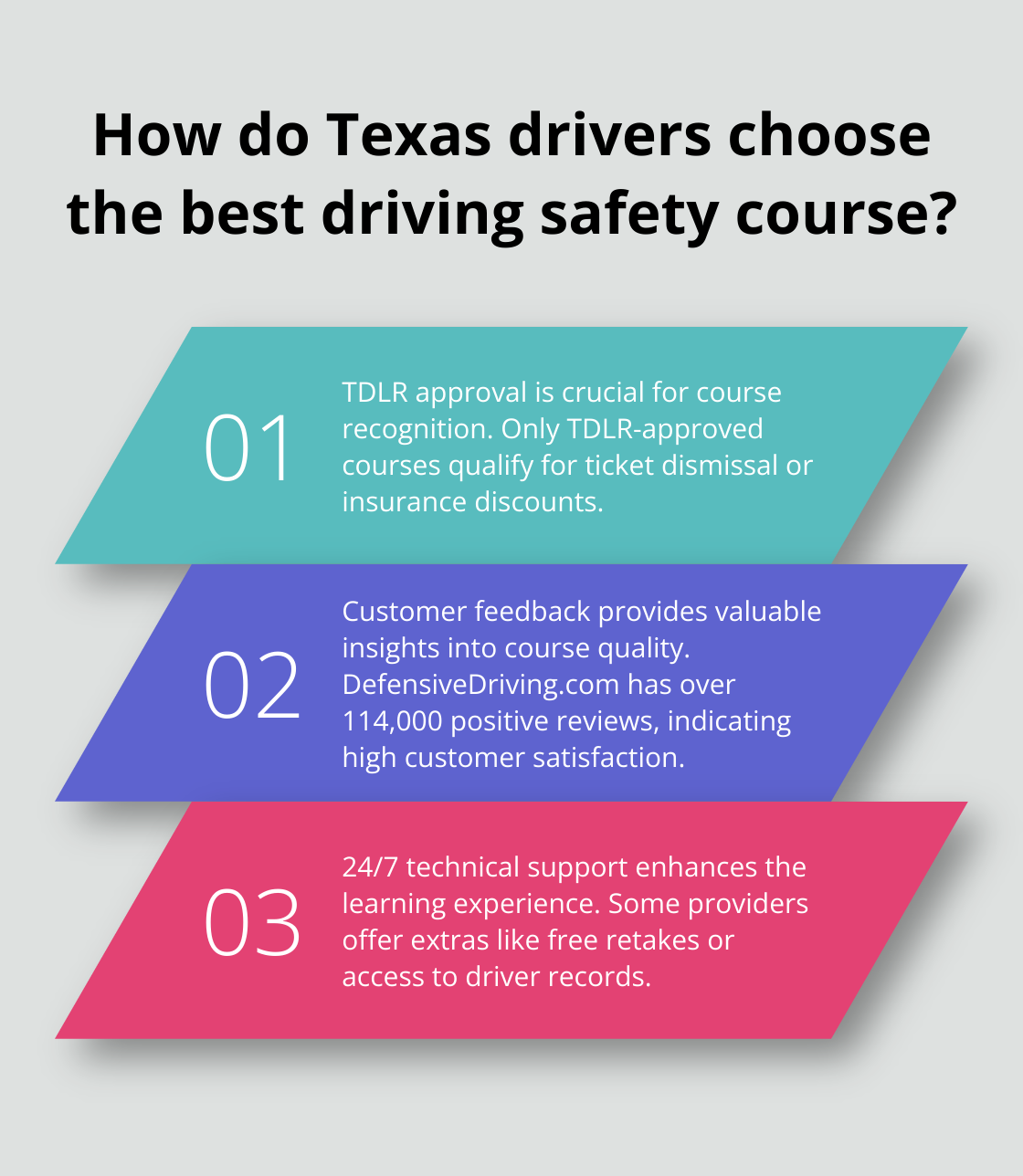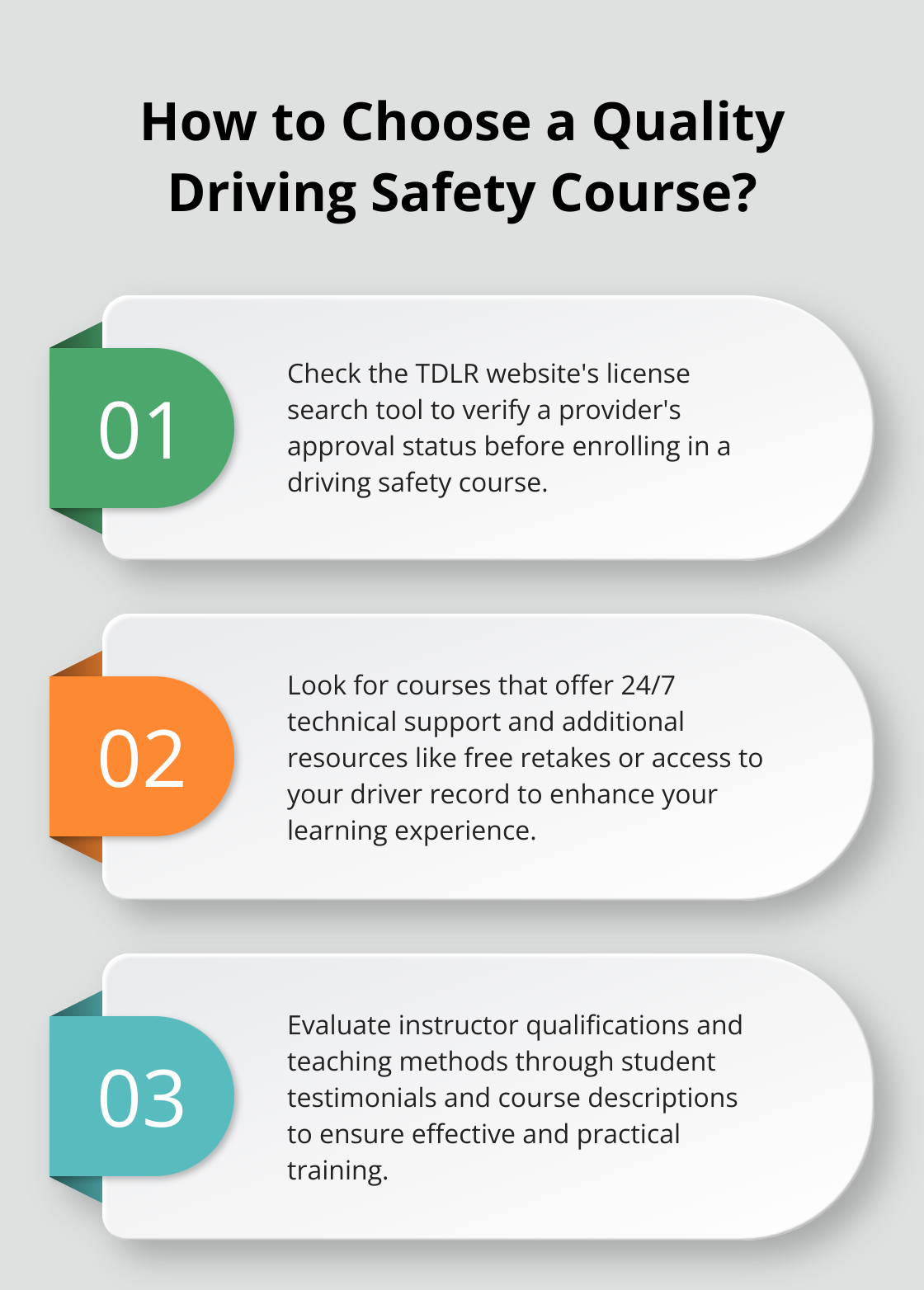How to Find the Cheapest Defensive Driving Course
At The Wiser Driver Driving School, we know that finding the cheapest defensive driving course can be a challenge. Many drivers want to improve their skills and potentially lower their insurance rates, but they’re concerned about the cost.
In this post, we’ll guide you through the process of finding an affordable defensive driving course that meets your needs. We’ll explore factors that affect pricing and share practical tips to help you save money while investing in your safety on the road.
What Are Defensive Driving Courses?
The Core Purpose of Defensive Driving
Defensive driving courses are specialized training programs that enhance your skills behind the wheel. These courses teach drivers to anticipate and avoid potential hazards on the road. The main goal is to reduce the risk of accidents by transforming drivers from reactive to proactive road users. Critical reasons for crashes investigated in the National Motor Vehicle Crash Causation Survey contribute to accidents. Defensive driving courses aim to lower this percentage by equipping drivers with the skills to recognize and respond to potential dangers.
Tangible Benefits for Drivers
Taking a defensive driving course offers several concrete advantages:
- Insurance Discounts: Many insurance companies offer discounts to drivers who complete these courses. Discounts for defensive driving courses vary from 5% to 20%, with most insurance companies offering about 10%.
- Point Reduction: In many states, completing a defensive driving course can help remove points from your driving record. For example, in New York, drivers can have up to 4 points reduced by taking an approved course.
- Improved Safety: These courses refresh your knowledge of traffic laws and teach new techniques to avoid accidents, making you a safer driver overall.
Types of Courses Available
There are various types of defensive driving courses to suit different needs:
Online Courses
Online courses offer flexibility and convenience. You can complete the course at your own pace from anywhere with an internet connection. These courses are ideal for busy individuals who need to fit the training into their schedule.
In-Person Classes
In-person classes provide hands-on instruction and the opportunity to interact directly with instructors. These classes are perfect for those who prefer a more traditional learning environment and value face-to-face interaction.
Specialized Courses
Some courses cater to specific groups or situations. For instance, AARP offers a defensive driving course specifically designed for drivers aged 50 and older. These specialized courses address the unique challenges and needs of specific driver demographics.
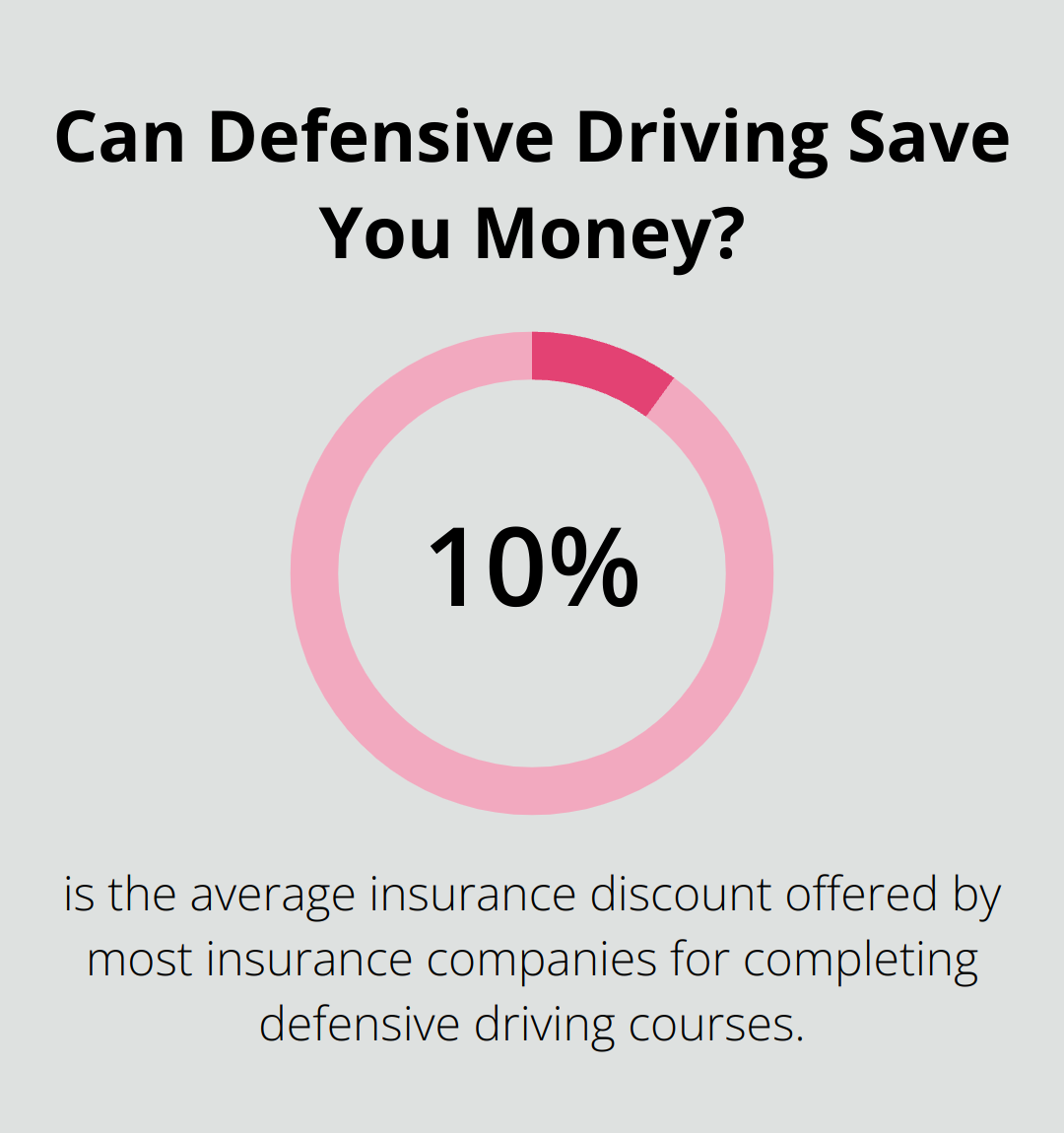
As we explore the various types of defensive driving courses, it’s important to consider the factors that influence their cost. Let’s examine these factors in the next section to help you find the most affordable option that meets your needs.
What Impacts Defensive Driving Course Prices?
Course Duration and Content
The length and depth of a defensive driving course significantly affect its price. Courses typically range from 4 to 8 hours. Shorter courses cost less but may not cover as much material. A basic 4-hour course might cost around $25, while a more comprehensive 8-hour course could cost $50 or more.
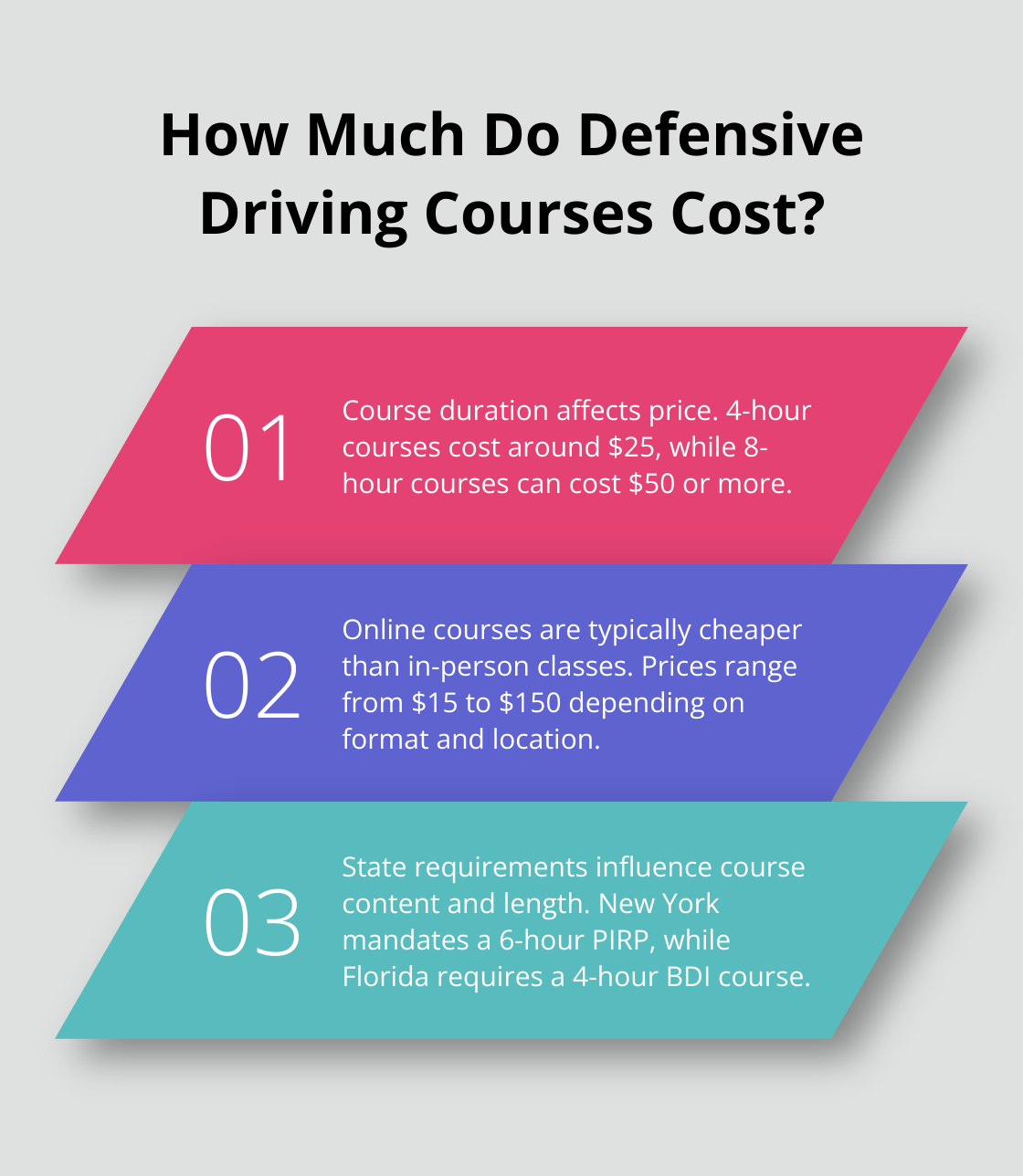
The content covered also impacts the price. Courses with interactive simulations or video content often cost more due to additional production costs. However, these engaging elements can enhance the learning experience and may justify the extra investment.
Online vs. In-Person Classes
The format of the course significantly affects its cost. Online courses typically cost less than traditional classroom-based options. This is primarily because online courses have no overhead expenses for classroom space or materials.
Online courses offer lower overhead costs for providers, which often translates to savings for students. They also provide flexibility, allowing students to complete the course at their own pace. However, some drivers prefer the structure and interaction of in-person classes, which can justify the additional cost for hands-on learners.
State-Specific Requirements
Each state has its own regulations for defensive driving courses, which can impact pricing. Some states mandate specific course lengths or content, which providers must follow. For example, New York requires a 6-hour Point and Insurance Reduction Program (PIRP), while Florida mandates a 4-hour Basic Driver Improvement (BDI) course.
State-specific requirements can lead to price variations across different regions. A defensive driving class can range from $15 to $150, with online courses usually being cheaper than in-person classes.
Provider Reputation and Accreditation
The reputation and accreditation of the course provider can also influence pricing. Well-established providers with strong track records may charge more for their courses. However, these higher prices often come with benefits like guaranteed acceptance by courts and insurance companies.
Accredited courses (such as those approved by the National Safety Council) may cost more but are widely recognized. This recognition can prove essential if you take the course for insurance discounts or point reduction on your license.
As we explore the various factors that impact defensive driving course prices, it becomes clear that finding the most affordable option requires careful consideration. In the next section, we’ll provide practical tips to help you navigate these factors and find the cheapest defensive driving course that meets your needs.
How to Score the Best Deal on Defensive Driving Courses
Shop Around and Compare Prices
We recommend you research multiple providers in your area. Create a spreadsheet to compare prices, course durations, and features. Don’t forget to include any additional fees for course materials or certificate processing. A comparison of at least five different providers increases your chances of finding a course that fits your budget and needs.
Leverage Seasonal Promotions and Discounts
Many defensive driving course providers offer promotional discounts during certain times of the year. You might find better deals during National Safety Month in June or around major holidays. Sign up for email newsletters from reputable providers to stay informed about upcoming sales. Some companies also offer discounts for military personnel, students, or seniors (don’t hesitate to ask about available discounts when you contact course providers).
Opt for Online Courses
Online defensive driving courses often come with significant cost savings. Plus, you’ll save on transportation costs and enjoy the flexibility of completing the course at your own pace. Just make sure the online course you choose is approved by your state and insurance company.
Consult Your Insurance Provider
Before you enroll in any defensive driving course, check with your insurance company. They may have a list of approved courses that qualify for premium discounts. Some insurers even offer their own defensive driving programs at reduced rates for policyholders. For instance, State Farm provides defensive driving courses with costs typically ranging from $15 to $100. If you choose a course recommended by your insurer, you’re more likely to secure both immediate savings and long-term insurance discounts.
Explore Community Resources
Don’t overlook local community organizations when you search for affordable defensive driving courses. Many non-profit organizations, community colleges, and local DMV offices offer low-cost or even free defensive driving programs. Check with your local AAA chapter as well, as they often provide member discounts on defensive driving courses.
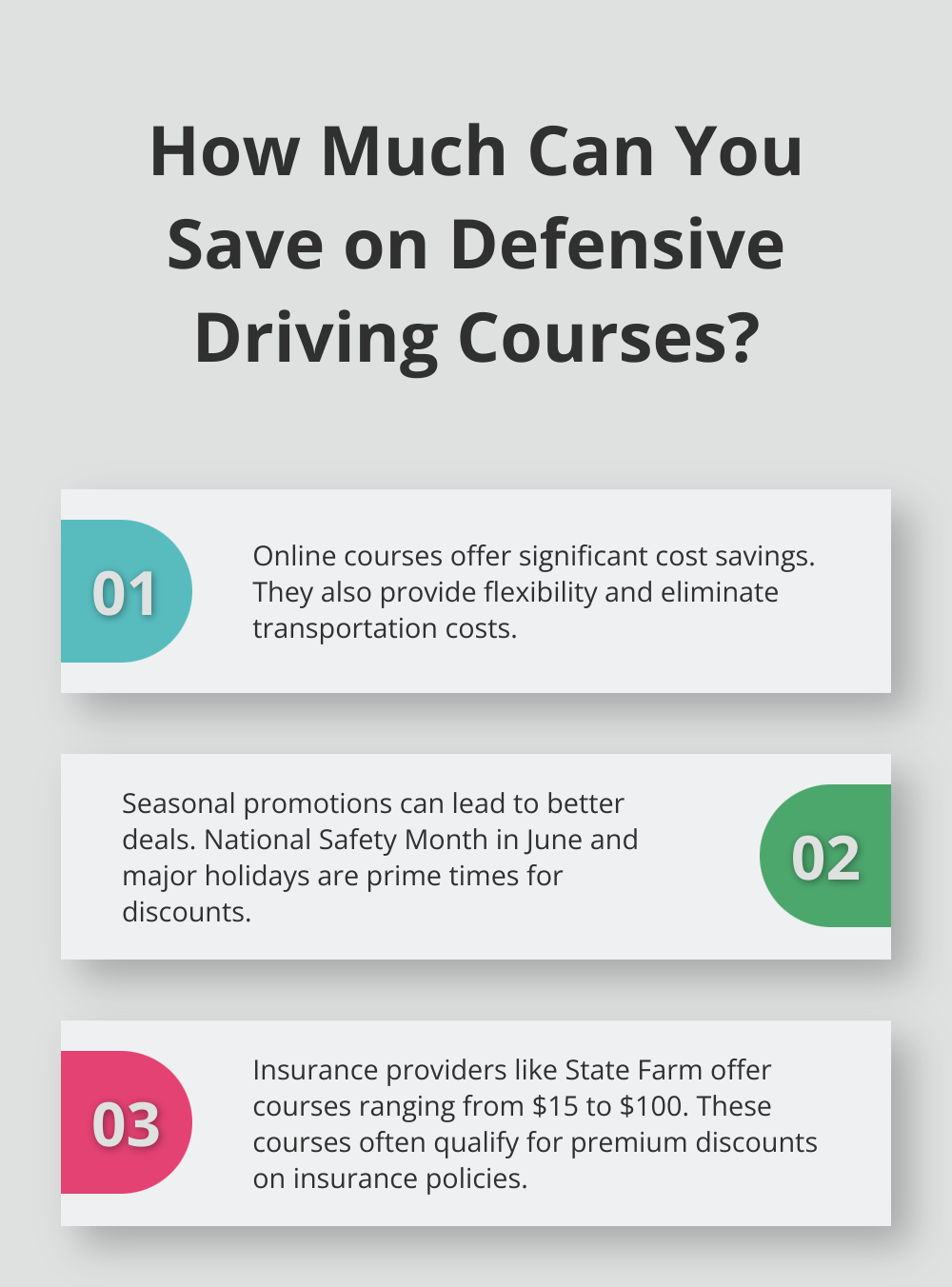
Final Thoughts
You can find the cheapest defensive driving course through careful research and comparison. Price comparisons, promotional discounts, and online options offer significant savings opportunities. Your insurance provider might recommend specific courses or offer their own programs at reduced rates for policyholders.

Local community organizations often provide affordable or free defensive driving programs. These resources can help you access quality instruction without breaking the bank. The skills you learn from a defensive driving course will improve your safety on the road and potentially reduce your insurance premiums.
At The Wiser Driver Driving School, we offer comprehensive programs for drivers of all skill levels. Our courses aim to meet state requirements and provide practical skills for real-world driving situations. We encourage you to explore your options and find a course that balances cost with quality education to become a safer, more responsible driver.



